Premium Bandages & Tapes for Everyday and Clinical Care
Explore our range of compression bandages, waterproof tapes, and blister protection aids designed for safe, effective wound care and injury support.
Summary
When it comes to injury recovery, support, or skin protection, quality bandages and tapes are essential. Whether you're managing post-operative care or treating a sprained ankle at home, the right compression bandage or waterproof tape can make all the difference. This page explores the full spectrum of high-grade medical tapes, cohesives, and blister band aids available for all clinical and personal needs.
Understanding the Different Types of Bandages & Tapes
Bandages and tapes come in a wide range of styles, materials, and functions—each suited for different medical and first aid situations. Choosing the correct product is vital to ensure optimal healing, comfort, and hygiene.
Common Bandage Types
- Compression Bandages: Ideal for swelling, sprains, and venous conditions like varicose veins. These are designed to apply consistent pressure to affected areas.
- Crepe Bandages: Lightweight, stretchable and often used for sports injuries or mild strain support.
- Tubi Grip Bandages: A popular tubular bandage offering uniform pressure and support for joint and muscle injuries without requiring fasteners.
- Cohesive Bandages: Self-adhering wraps perfect for flexible support without sticking to the skin or hair.
Types of Medical Tapes
- Silicone Scar Tape: Designed to improve the appearance of surgical scars and burns by hydrating the skin and minimising scar formation.
- Waterproof Bandages: Protects wounds and surgical sites from water exposure—ideal for post-op showers or swimming.
- Adhesive and Foam Tapes: Commonly used in both hospitals and home care settings for securing dressings, cannulas or splints.
Each option supports varying wound types and skin sensitivities, making it important to select the right format for patient-specific needs.
Why Quality Bandages Matter for Recovery
The Australian Commission on Safety and Quality in Health Care highlights that poor wound management increases the risk of infection and delays healing . Inferior adhesives or loosely wrapped bandages can lead to further skin damage, inadequate compression, and delayed recovery.
Premium products, such as crepe bandages and compression bandages, are specifically engineered to:
- Maintain optimal moisture balance around wounds
- Reduce movement to protect healing tissues
- Prevent wound contamination
- Offer controlled compression to reduce swelling
In addition, innovations like silicone scar tape have shown clinical benefits in improving the appearance of hypertrophic scars and keloids.
How to Choose the Right Bandage or Tape
Here are a few factors to help guide your selection process:
1. Purpose
- For wound coverage: opt for cohesive bandages or adhesive tapes
- For joint support: go with compression bandages or crepe bandages
- For scar reduction: choose silicone scar tape
2. Environment
- Use waterproof bandages for active users or patients needing wound protection during bathing.
- Select tubi grip bandages for patients requiring all-day wear without irritation.
3. Skin Sensitivity
Sensitive skin requires hypoallergenic adhesives and gentle material. Silicone-based options and breathable tapes minimise skin trauma during removal.
Featured Products
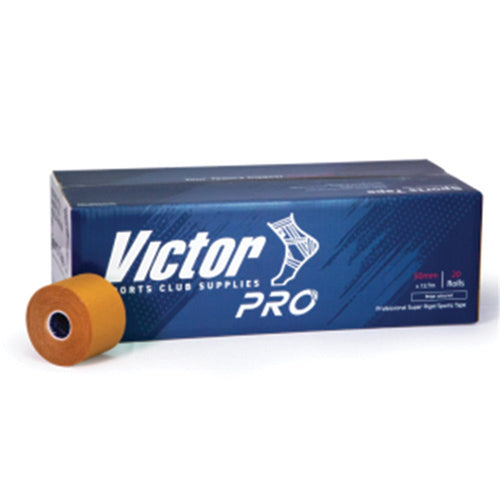
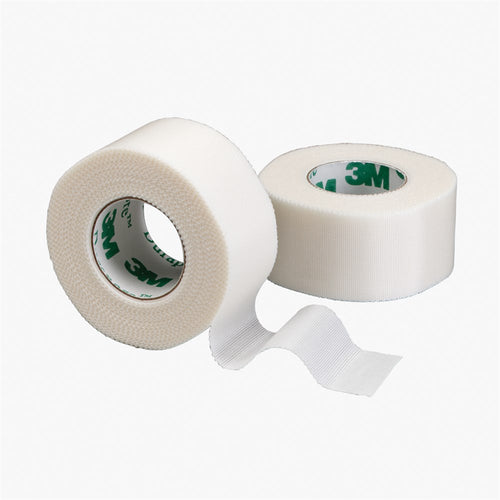
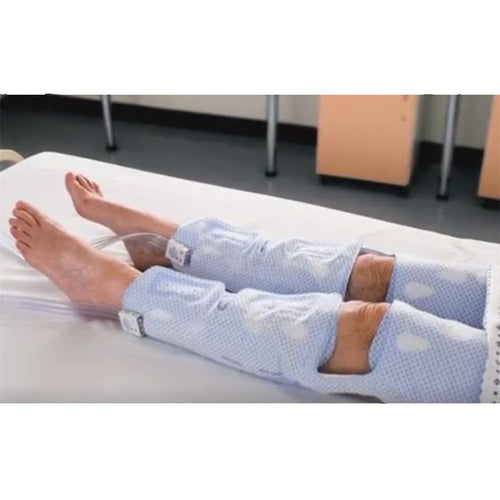
Clinical and Everyday Applications
Bandages and medical tapes are essential across multiple use cases:
Hospitals & Clinics
- Post-surgical wound protection
- Catheter and tubing fixation
- Scar therapy with silicone scar tape
Sports & Physio
- Muscle stabilisation during activity
- Joint protection and recovery
- Compression bandage use for swelling and strain
First Aid Kits
- Blister management with blister band aid
- Dressing retention with tubi grip or cohesives
- Burn and laceration coverage with non-stick pads + tape combo
Aged & Disability Care
- Daily support for fragile skin
- Simple application and removal
- Consistent wrap compression for vascular issues
Expert Tips for Proper Bandage Use
- Always clean the area first: Apply to dry, disinfected skin to maximise adhesion.
- Wrap evenly: Avoid excessive tension to prevent cutting off circulation.
- Monitor for irritation: If redness or itching occurs, switch to hypoallergenic or breathable tape.
- Change regularly: Bandages should be replaced at least once a day, or if soiled.
For deeper wounds or long-term care, consult a healthcare professional to ensure you're using the correct product.
Conclusion
Choosing the right bandages and tapes is more than a clinical decision—it’s about comfort, protection, and healing. Whether you’re stocking a clinic, upgrading your first aid kit, or managing at-home recovery, our curated range ensures you’ll always find the perfect fit.
Trust Affective Health to deliver high-performance, reliable solutions across every type of wound care or recovery scenario.
Don’t compromise on healing.
Browse our complete range of compression bandages, blister band aids, waterproof tapes and more—trusted by clinicians, carers, and everyday Australians.
📞 Call 1300 615 193 or order online at our website.
Bandages and tapes are essential for wound care, injury support and everyday first aid. This collection includes high-quality compression bandages, cohesive wraps and medical tapes designed to secure dressings, support joints and protect skin in homes, workplaces and clinical settings across Australia.
Items included in this collection:
• Compression and crepe bandages for swelling and sprain support
• Cohesive and tubular bandages for flexible, secure wrapping
• Waterproof medical tapes for long-lasting dressing fixation
• Rigid and strapping tapes for sports and injury stabilisation
• Silicone and hypoallergenic tapes for sensitive or fragile skin
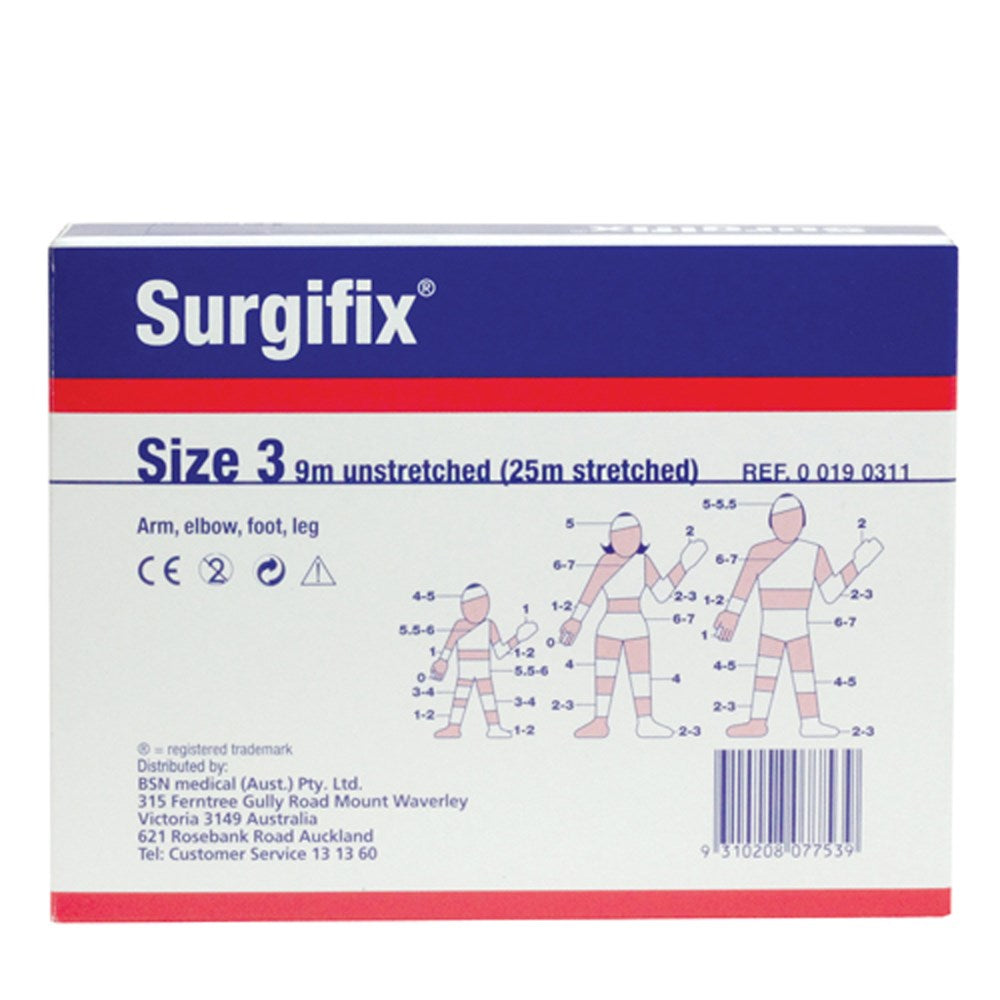
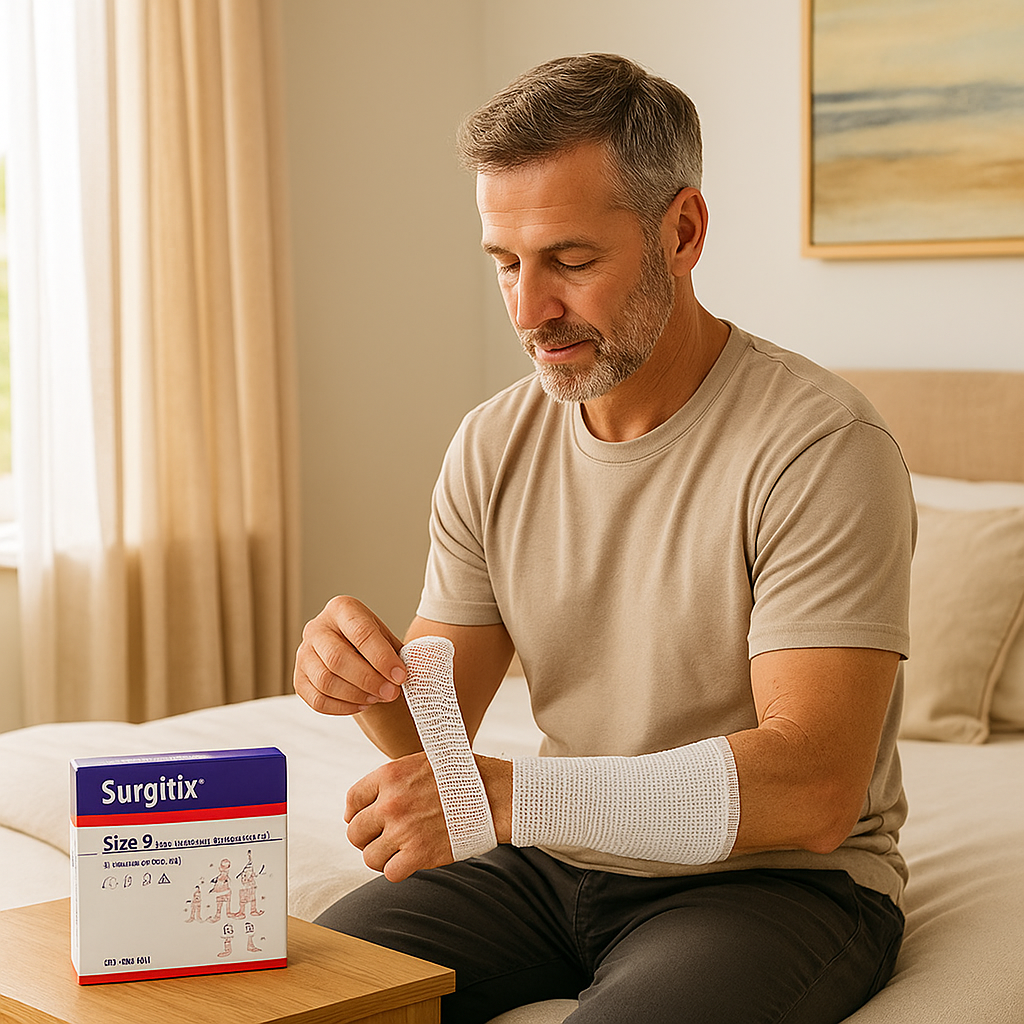
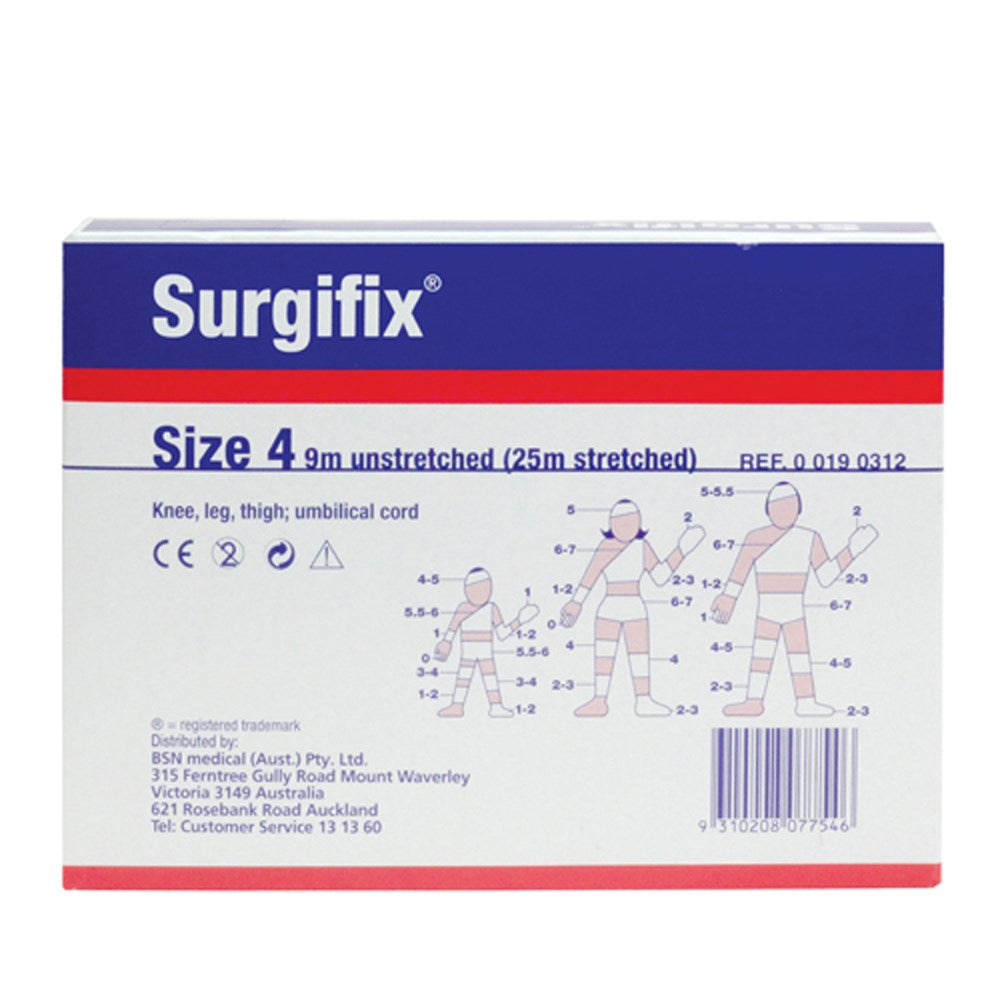
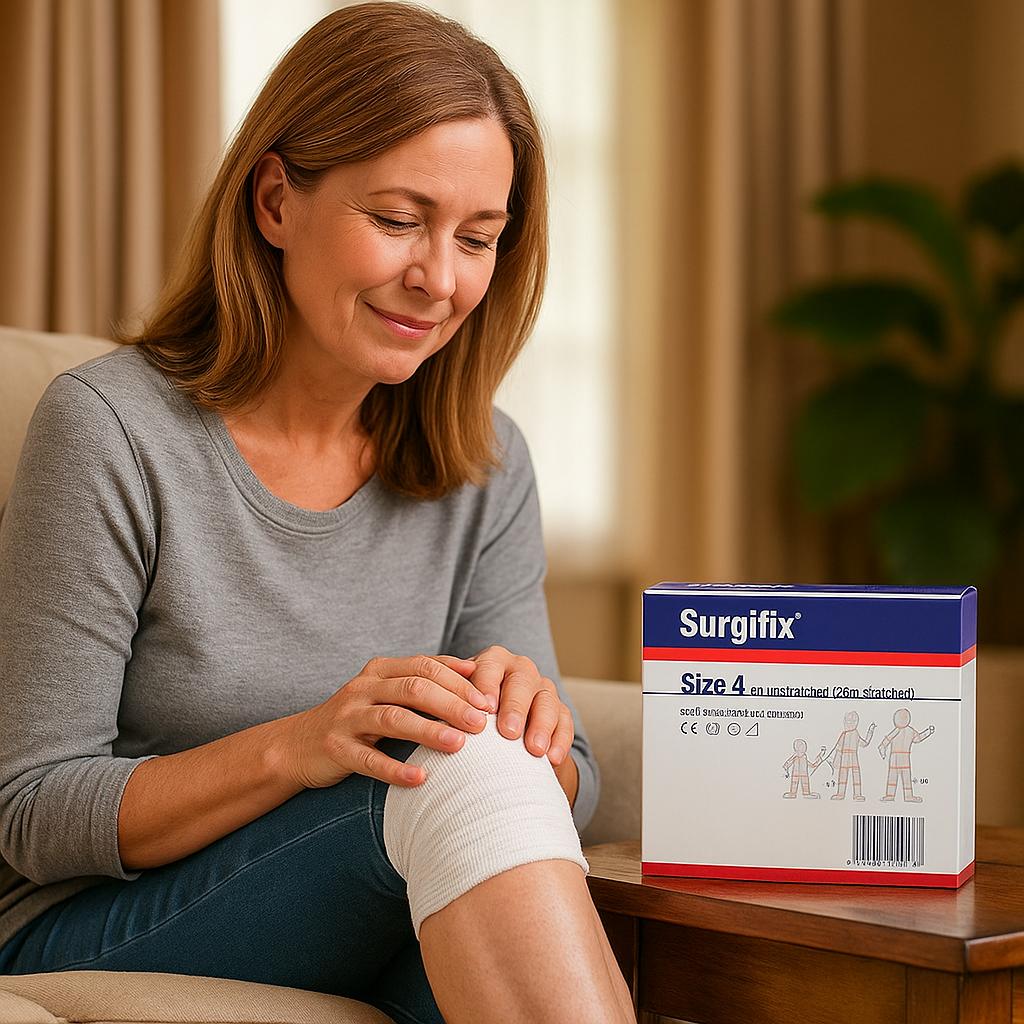
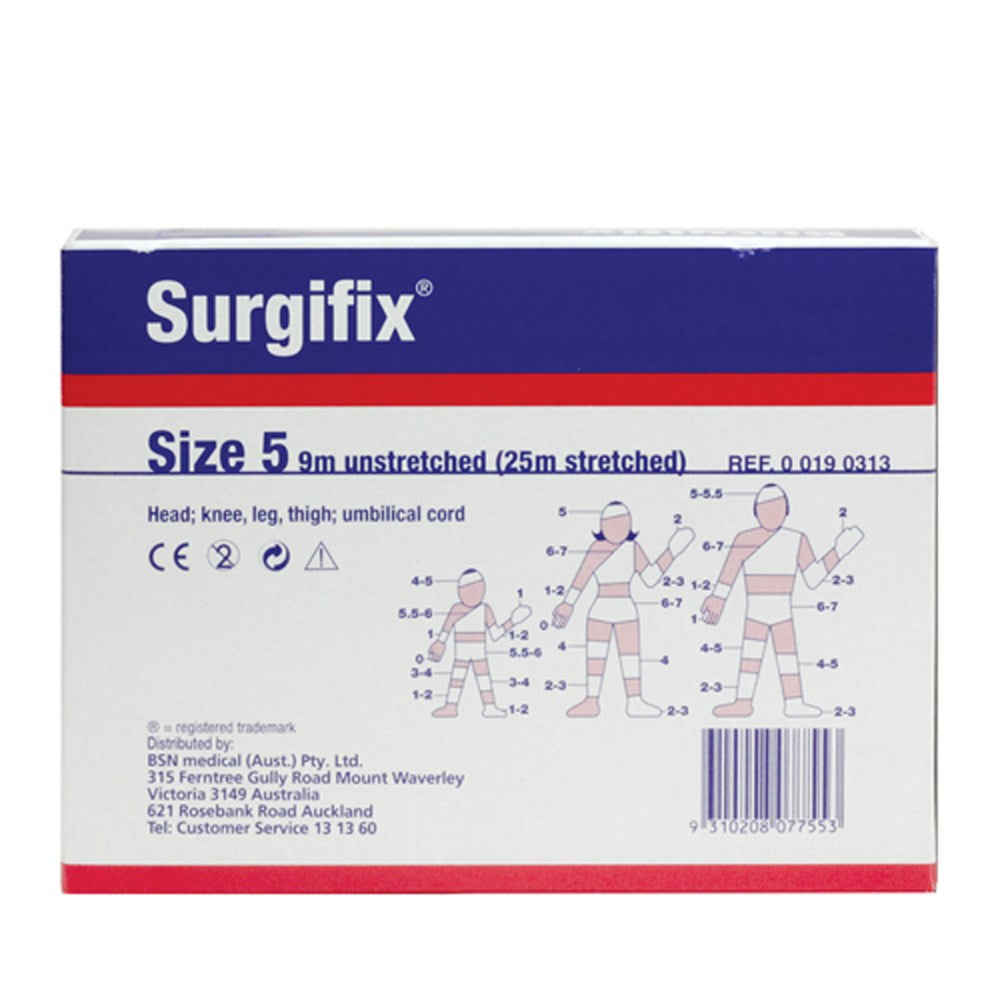
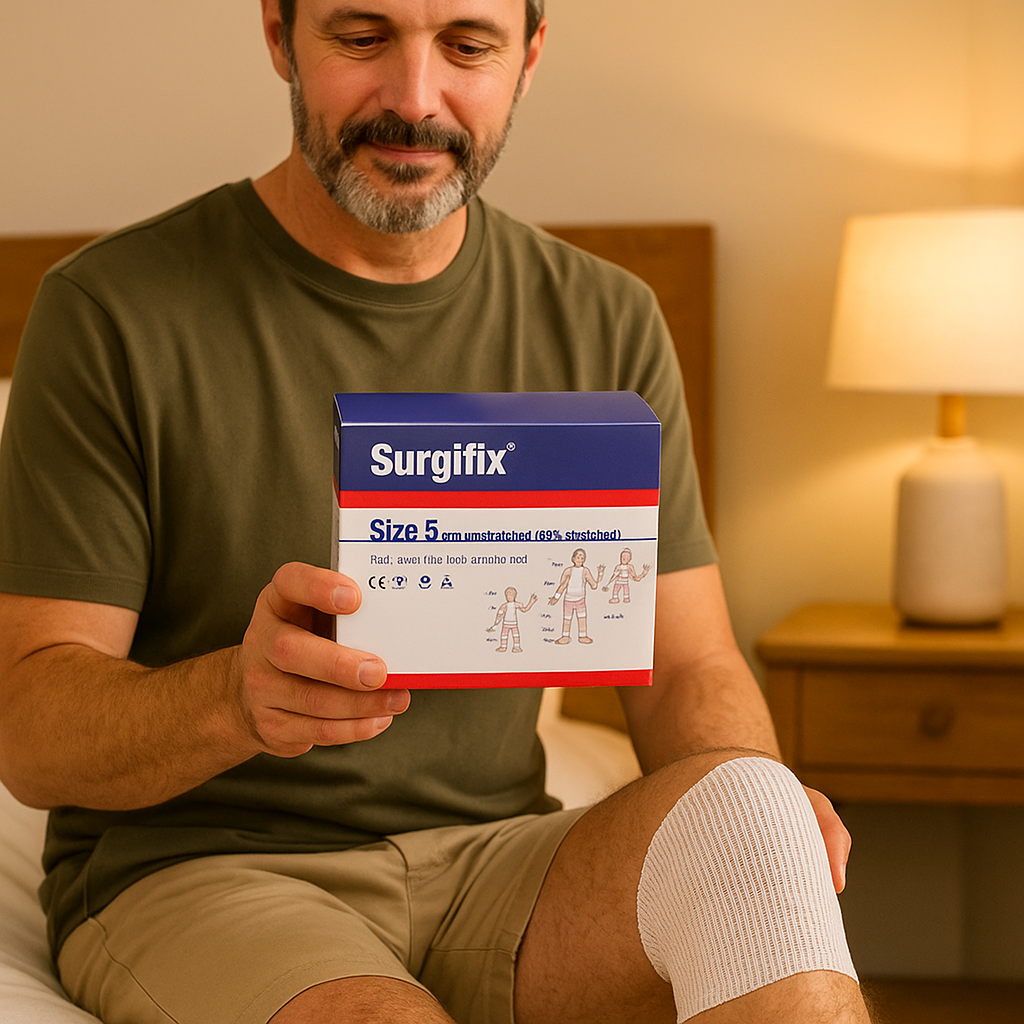
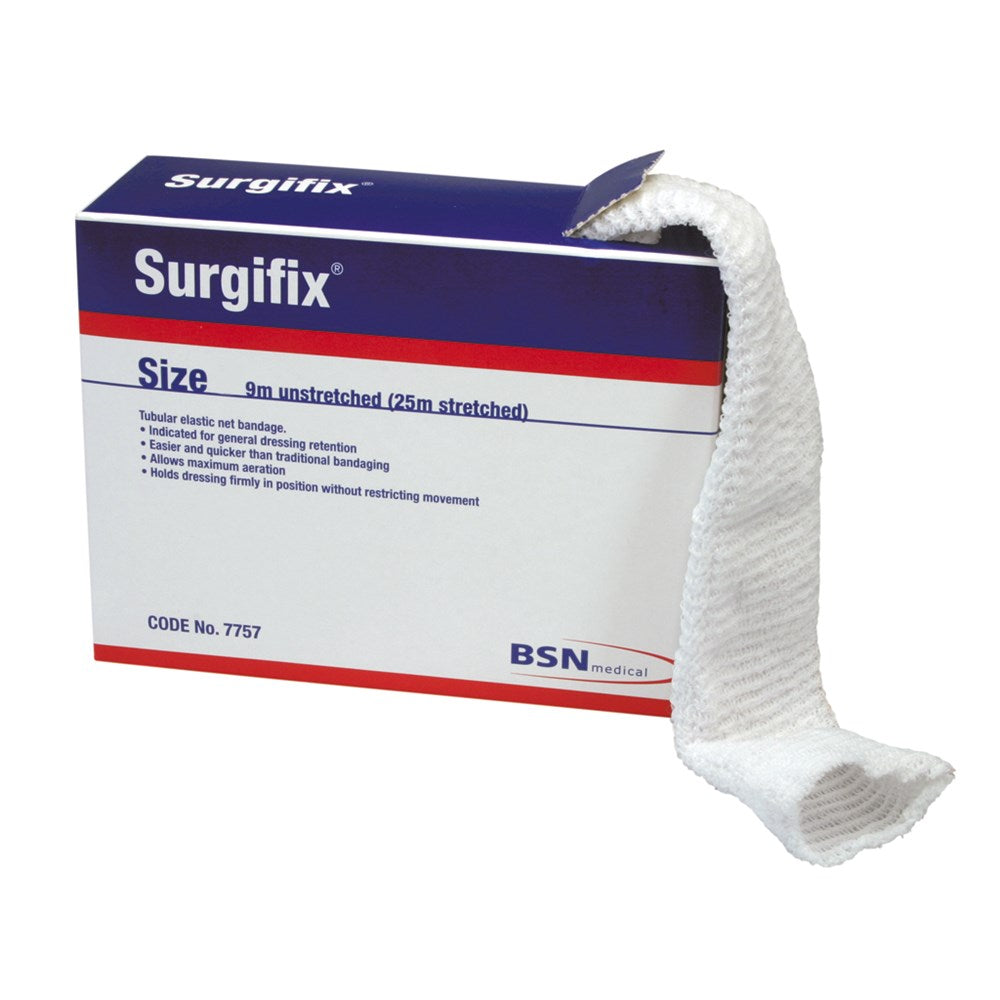
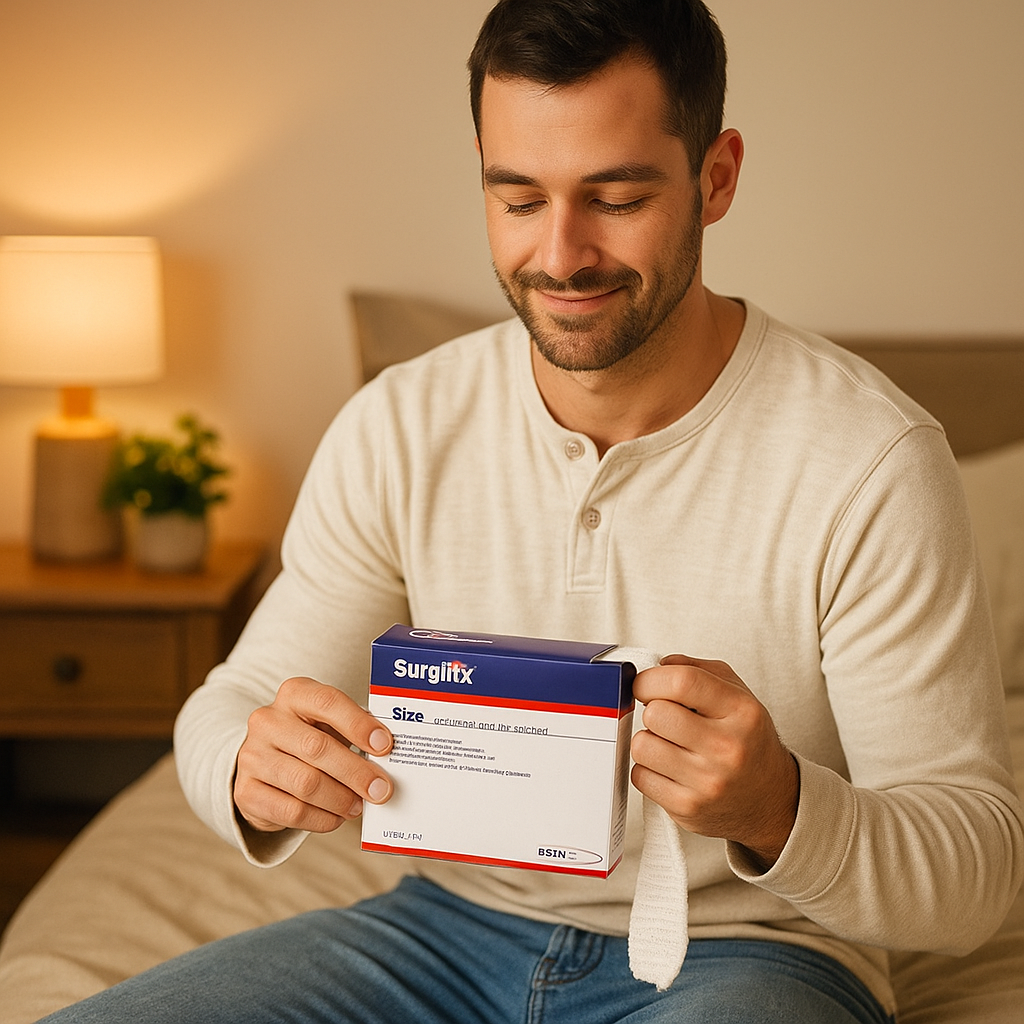
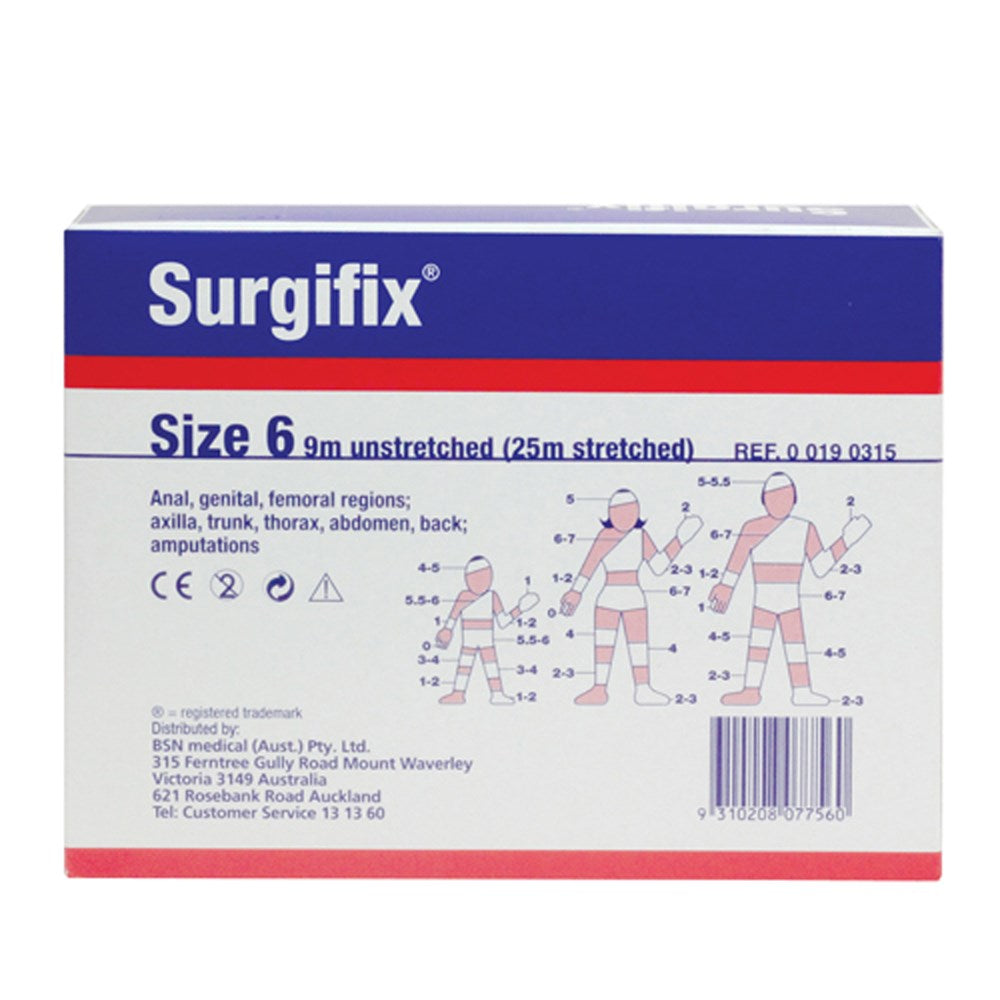
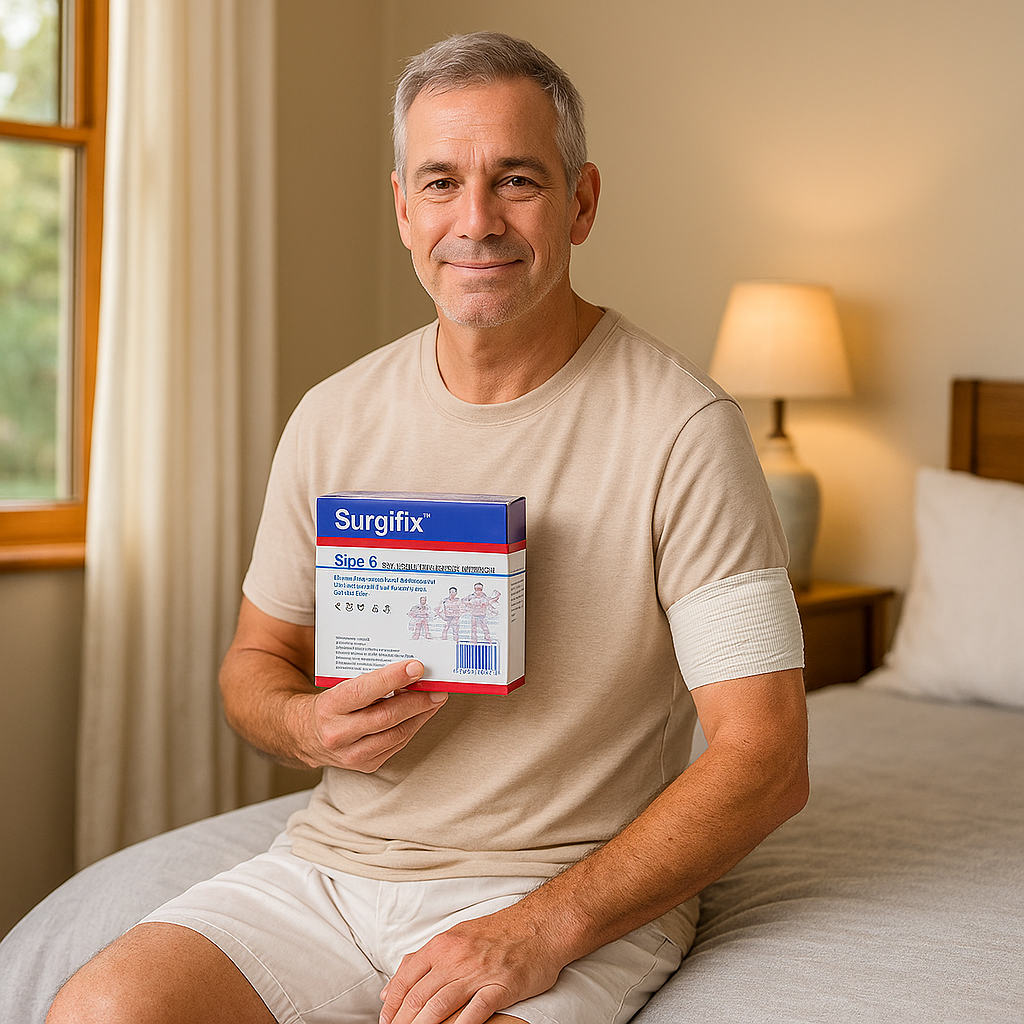
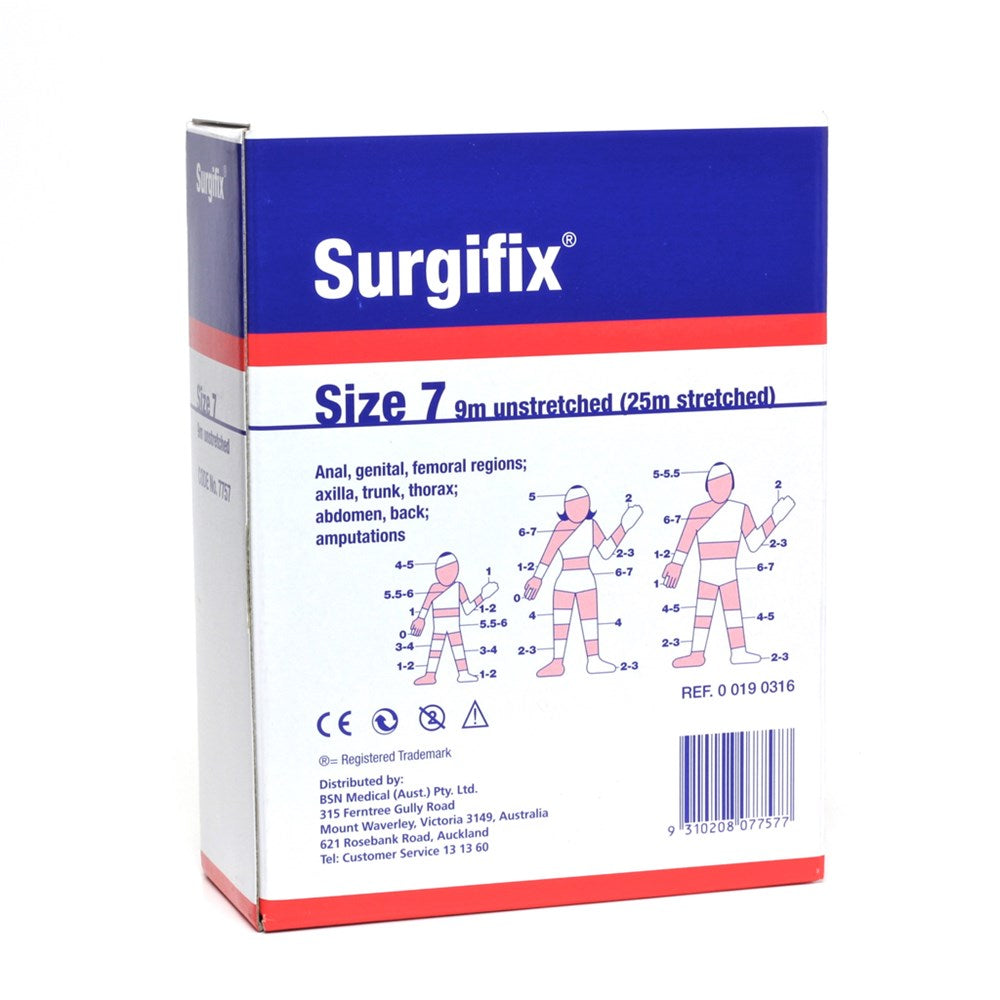
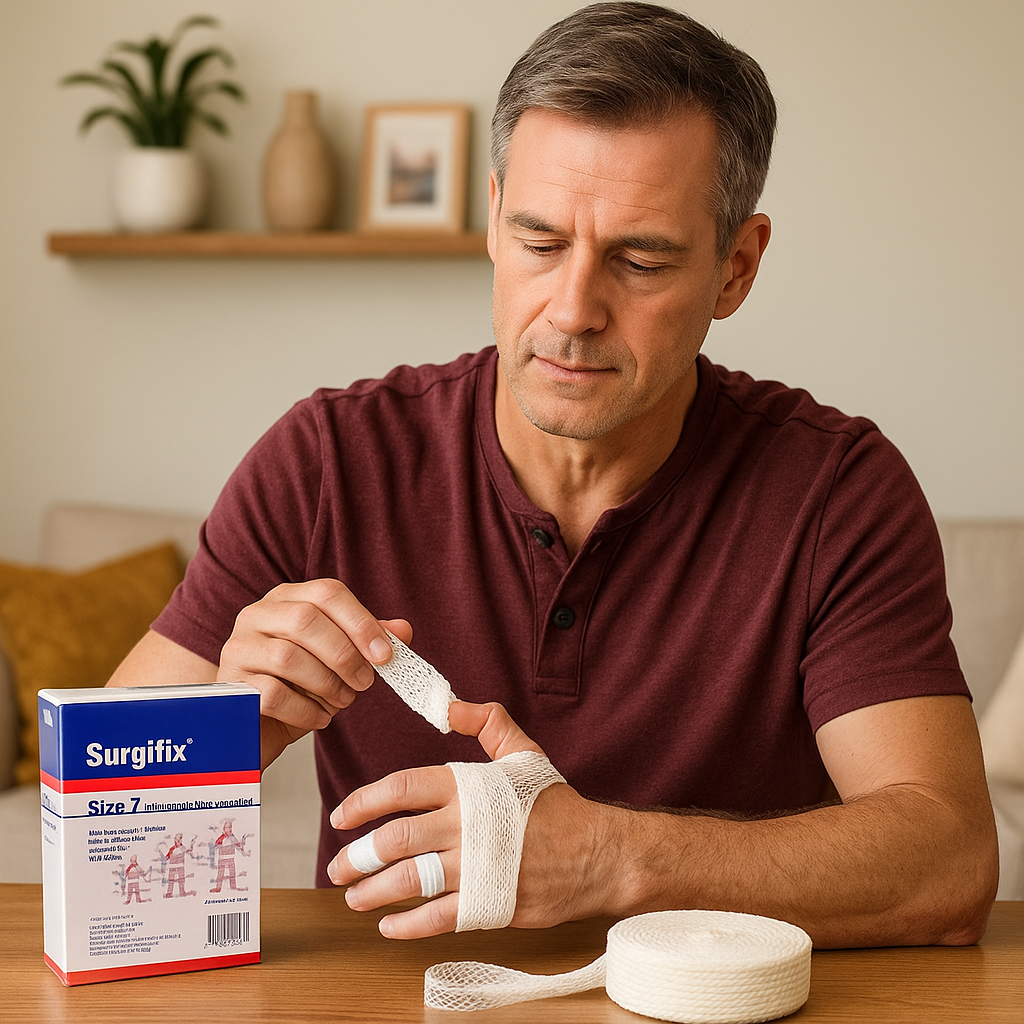
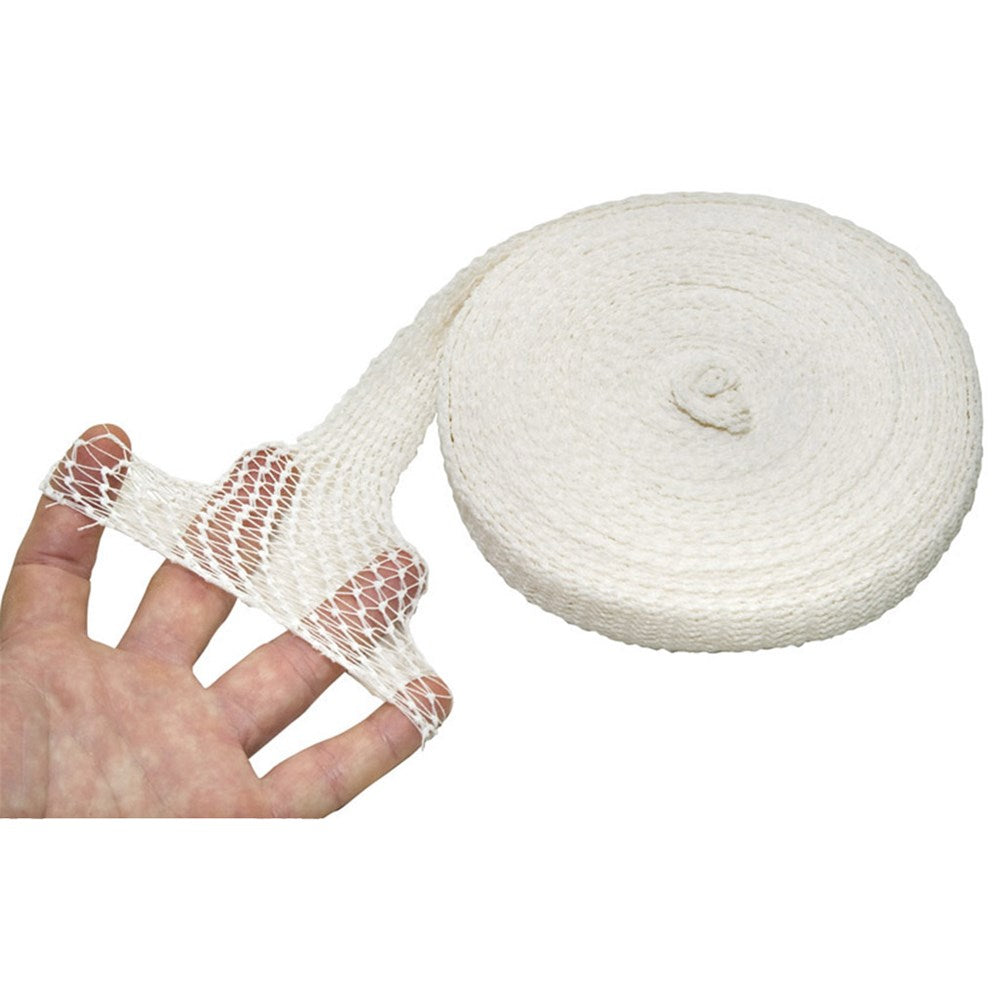
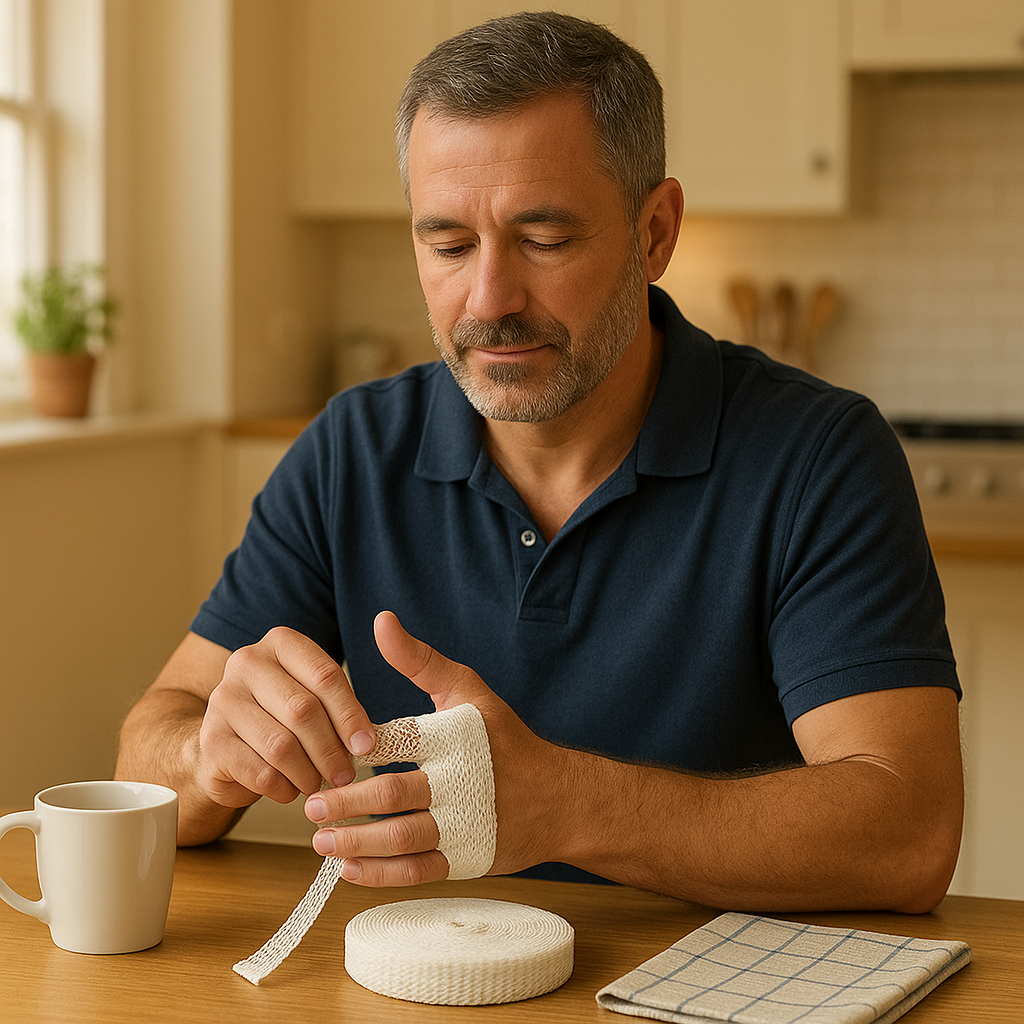
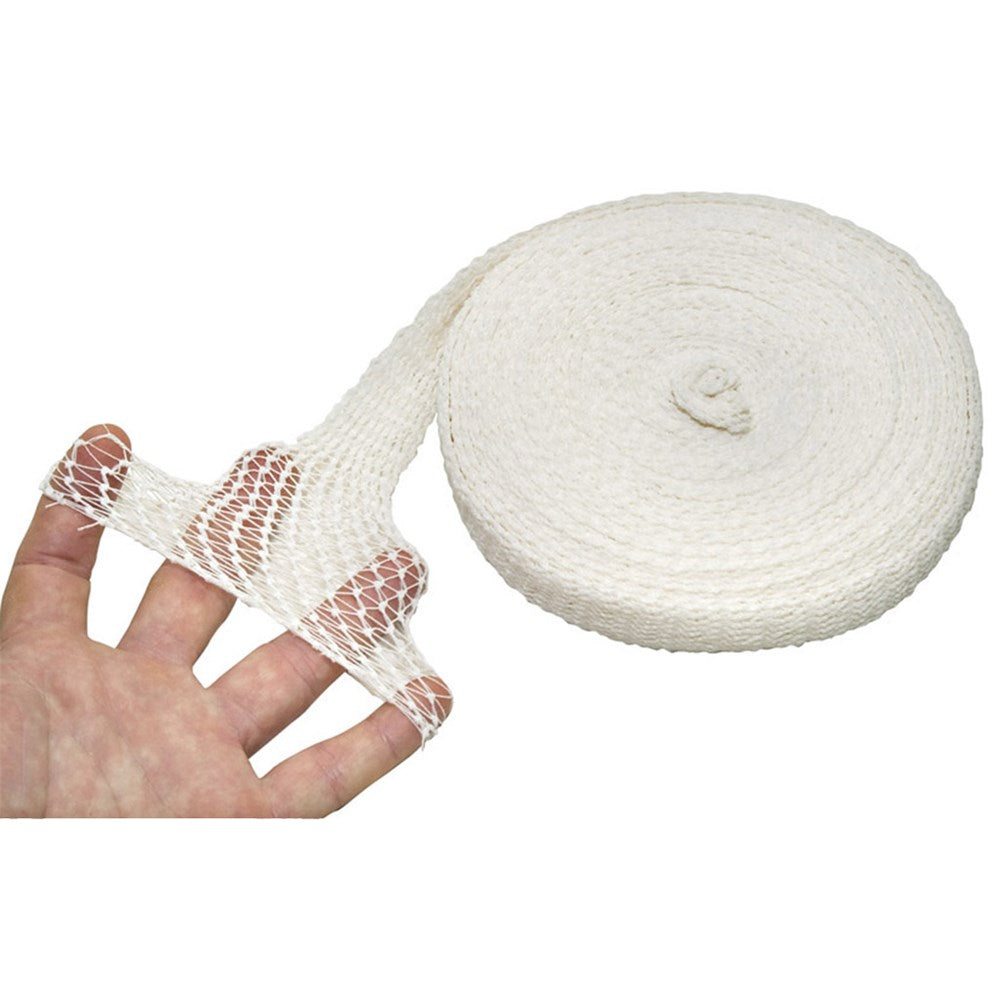

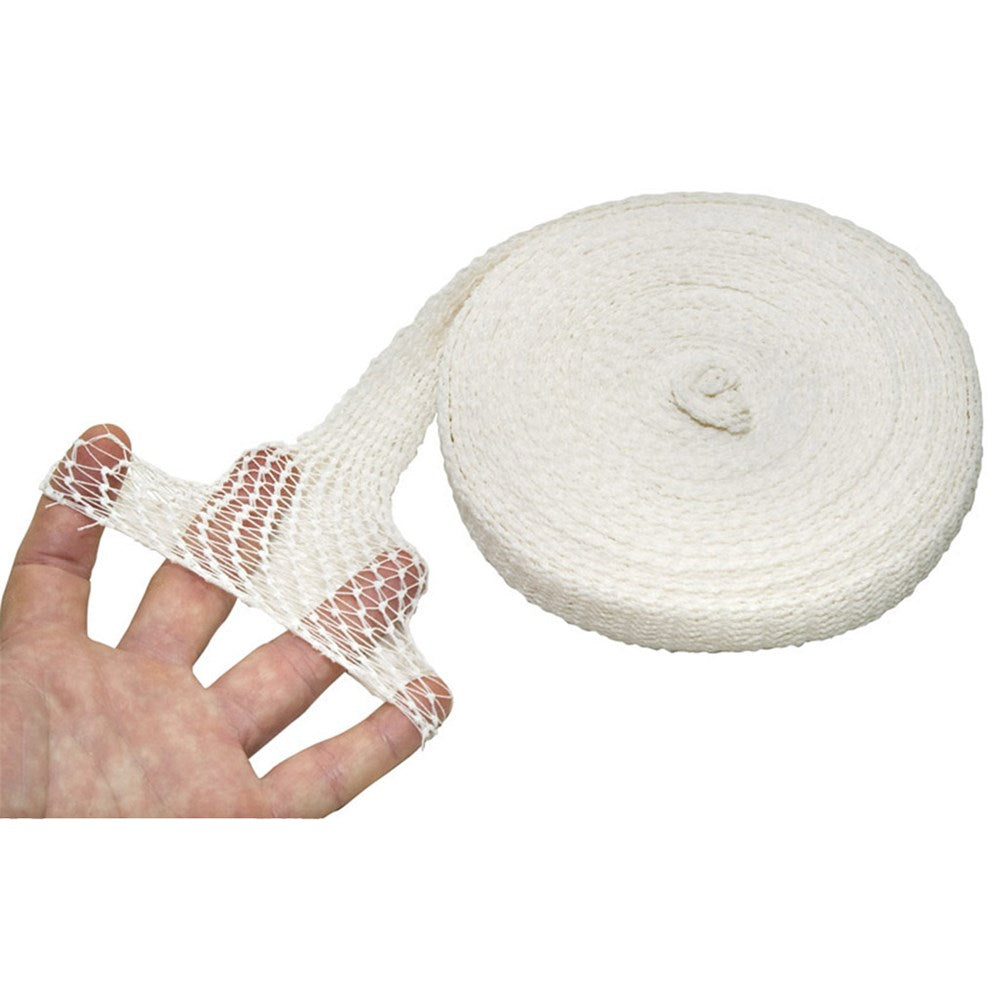
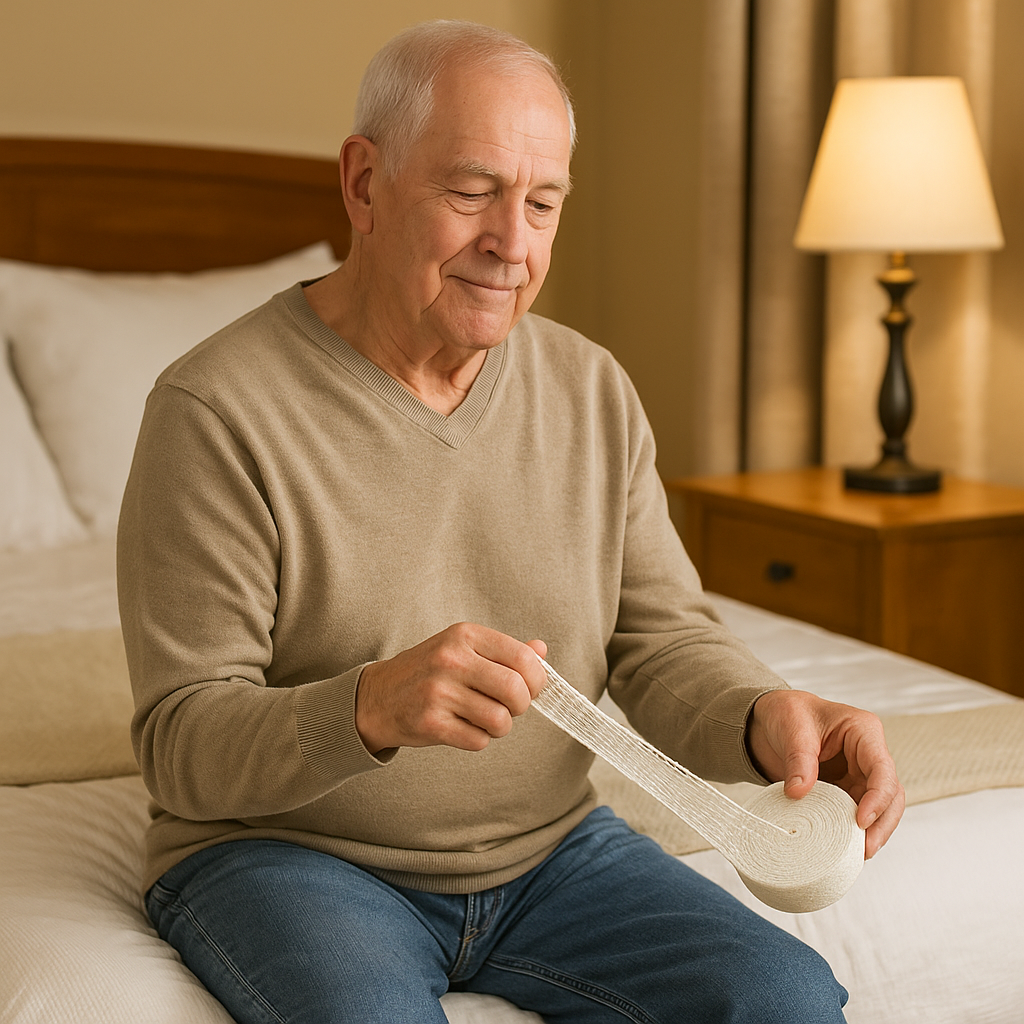
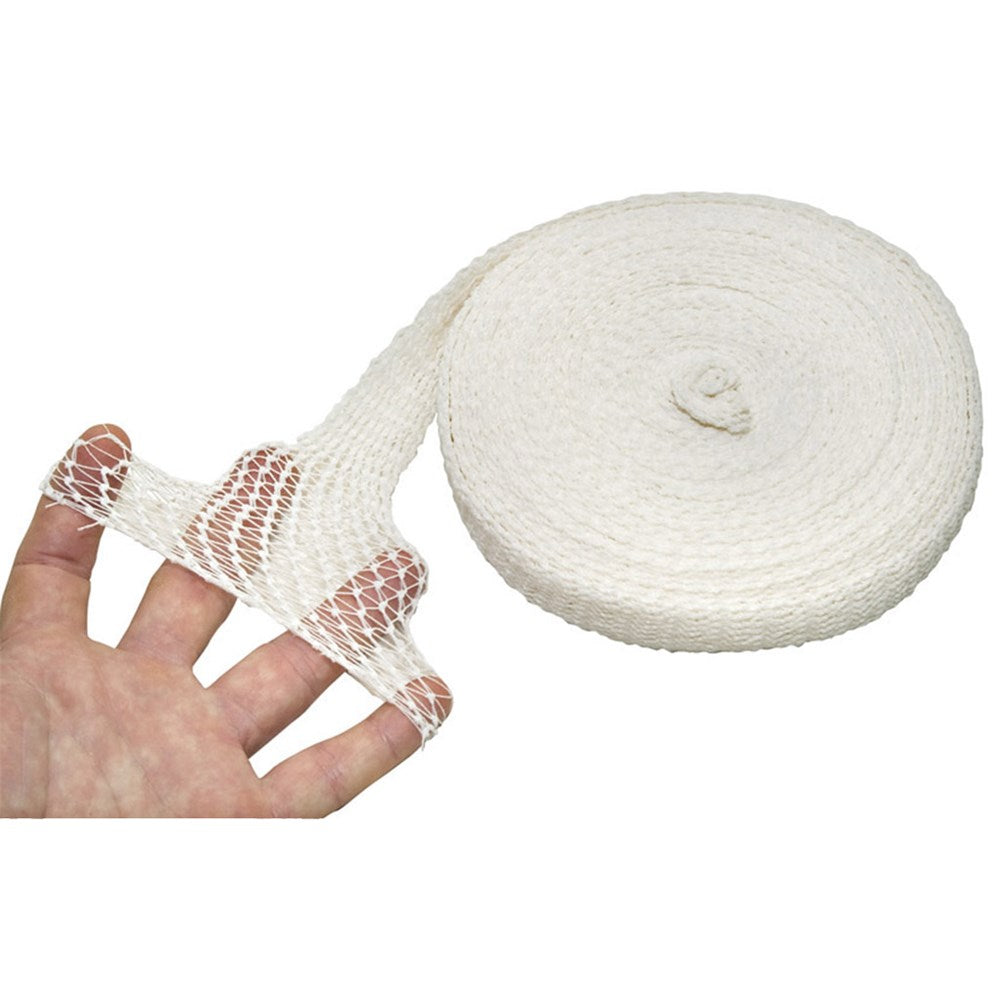

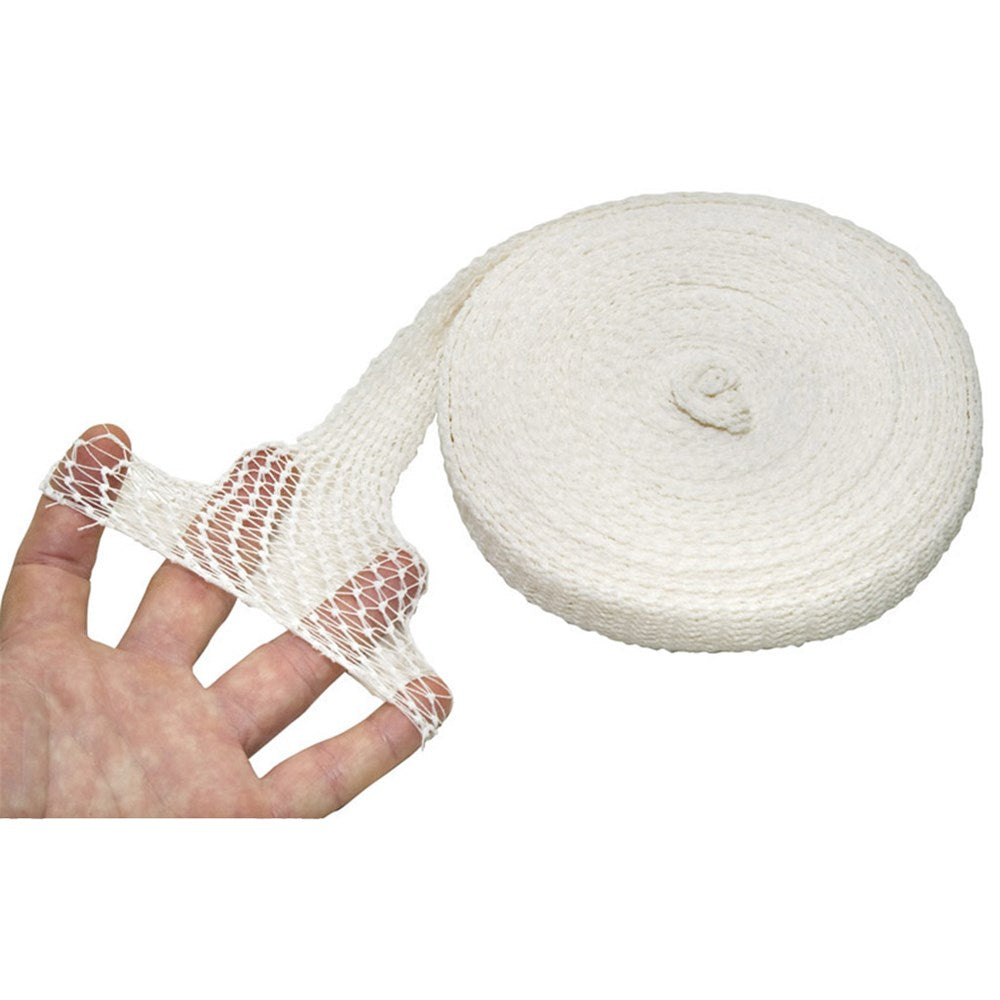

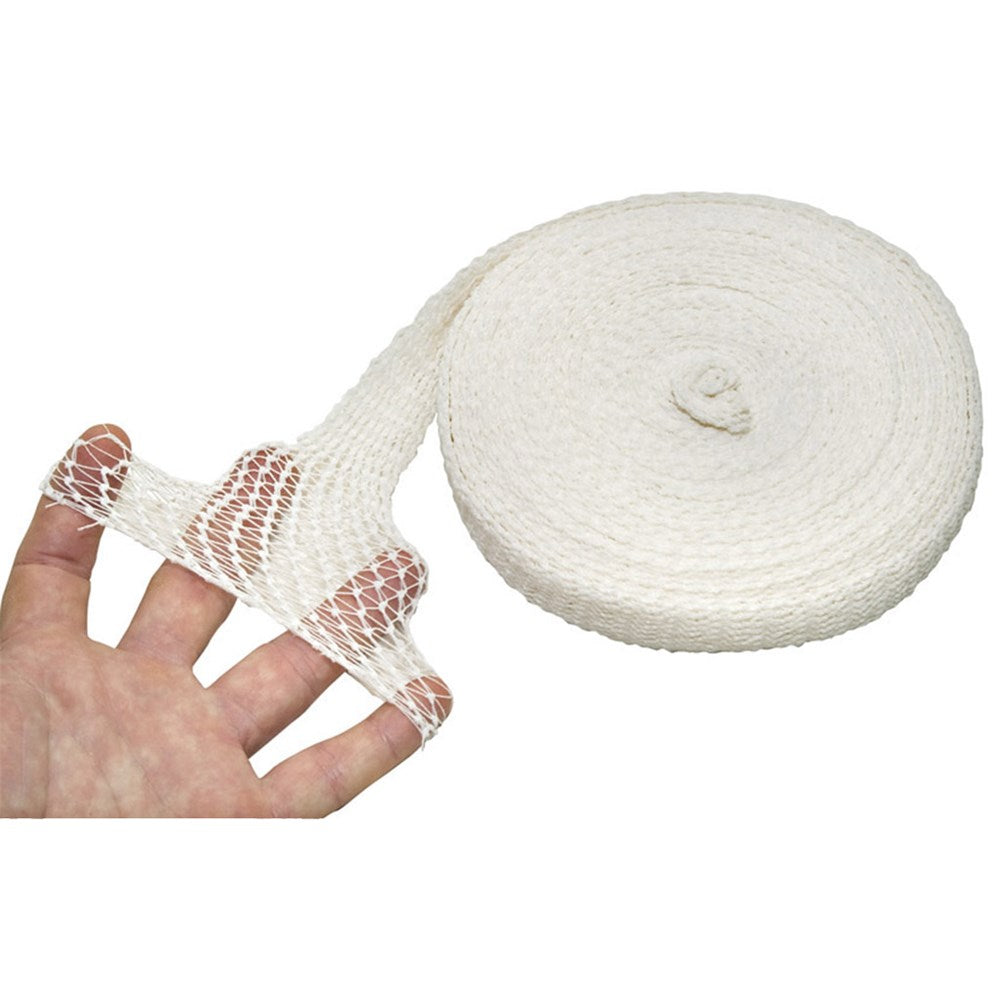
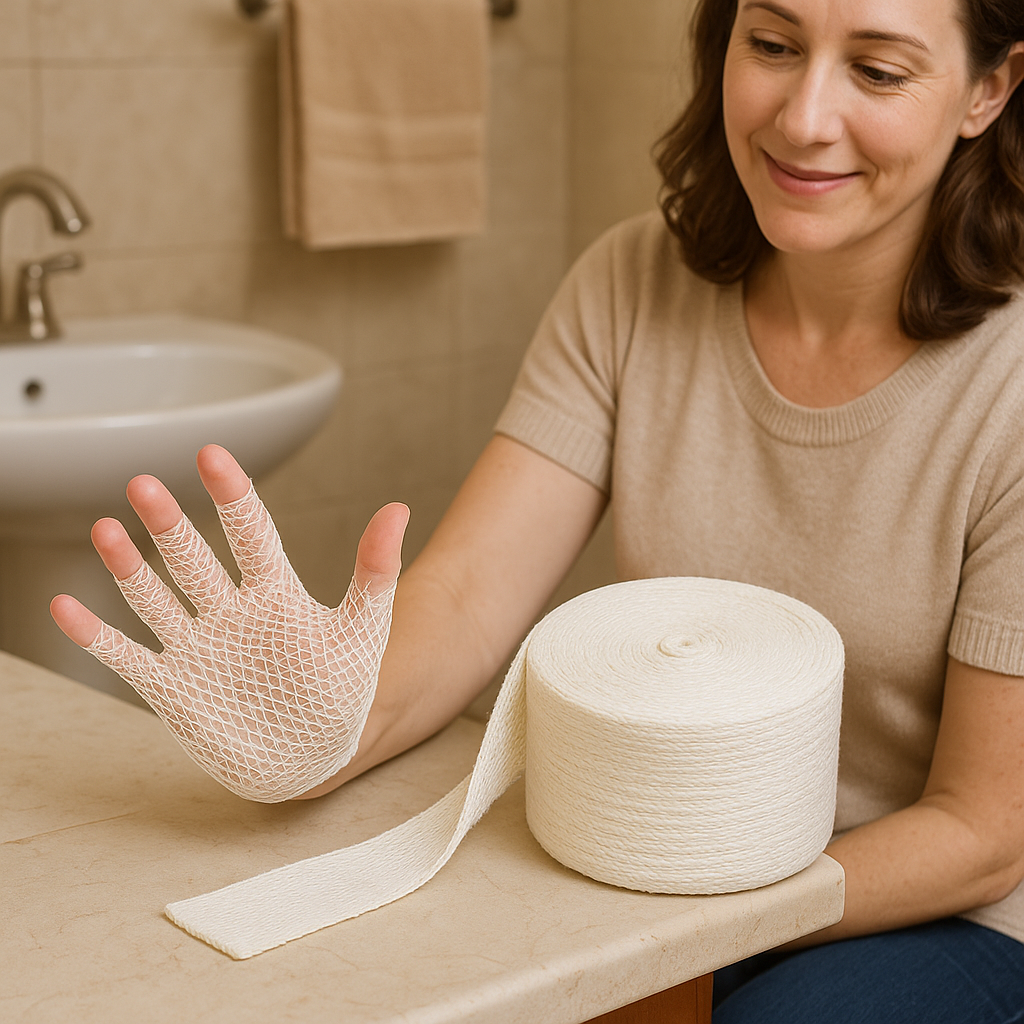
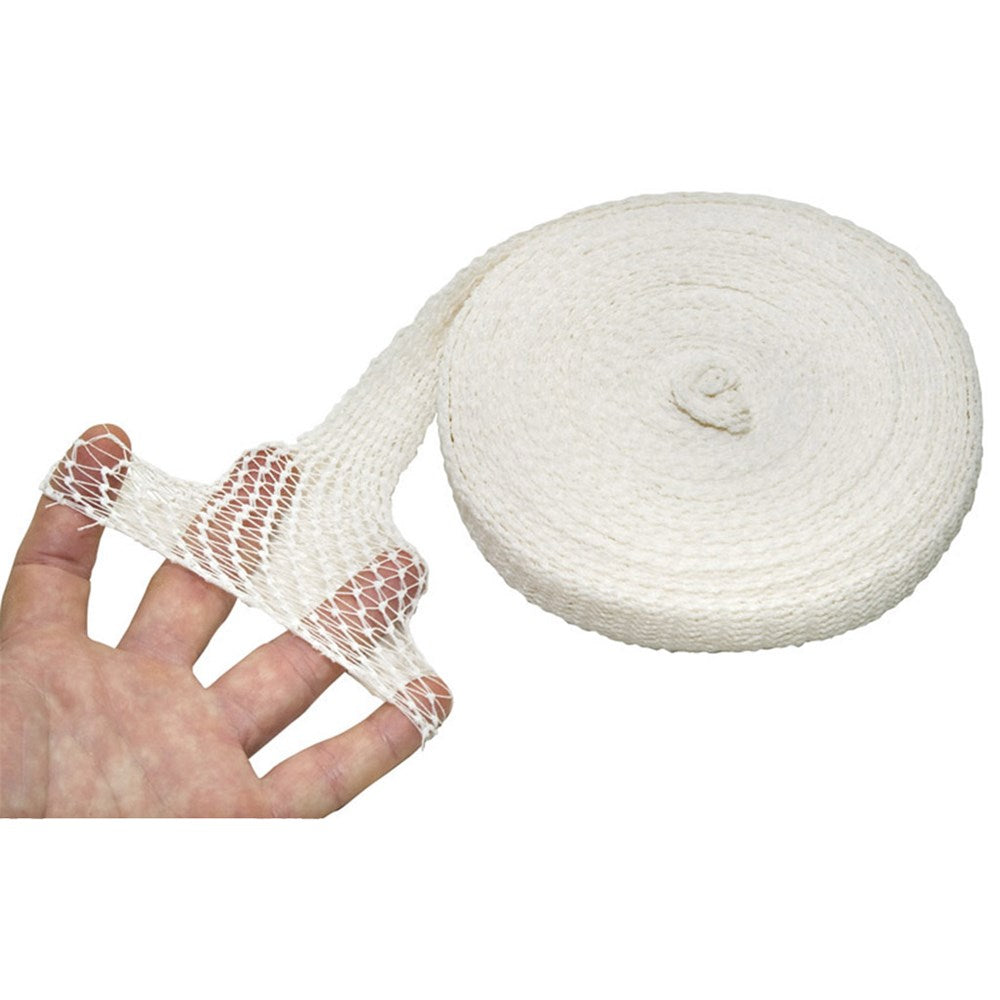
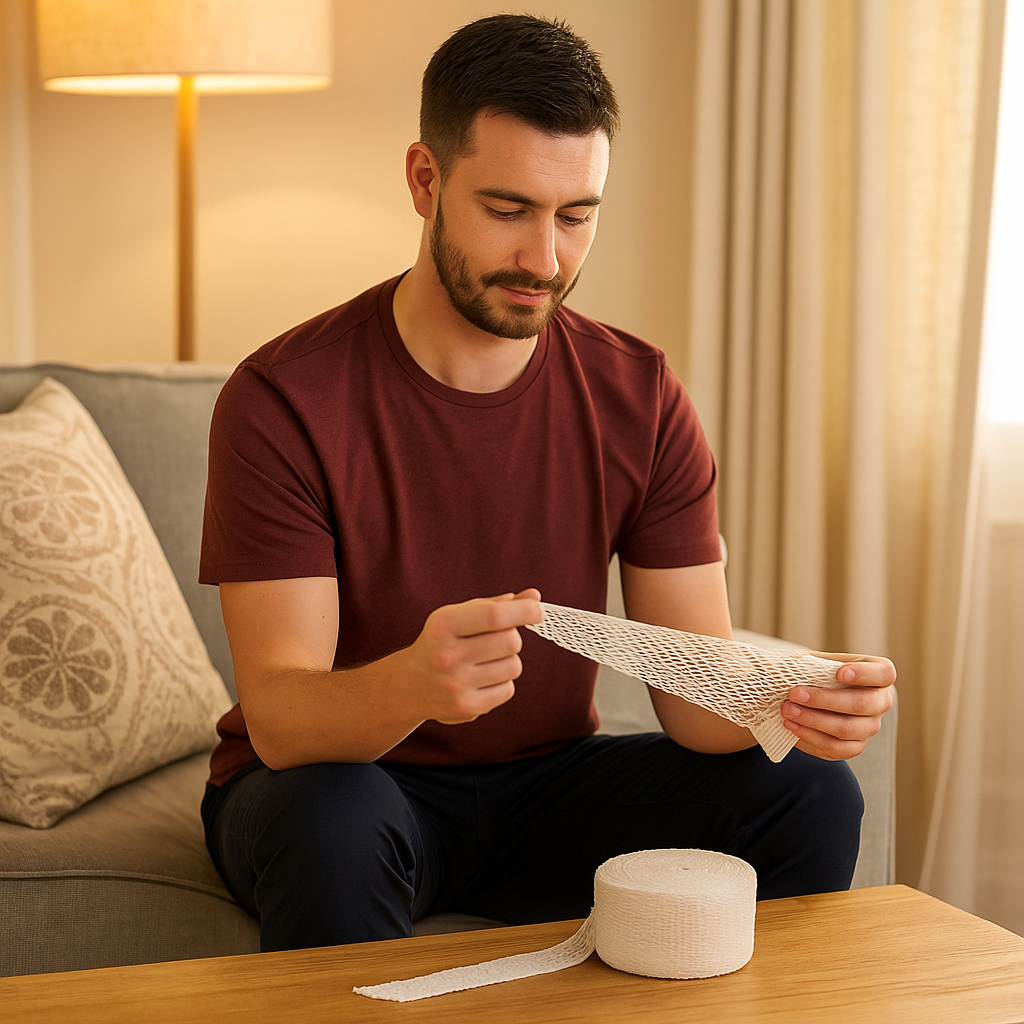
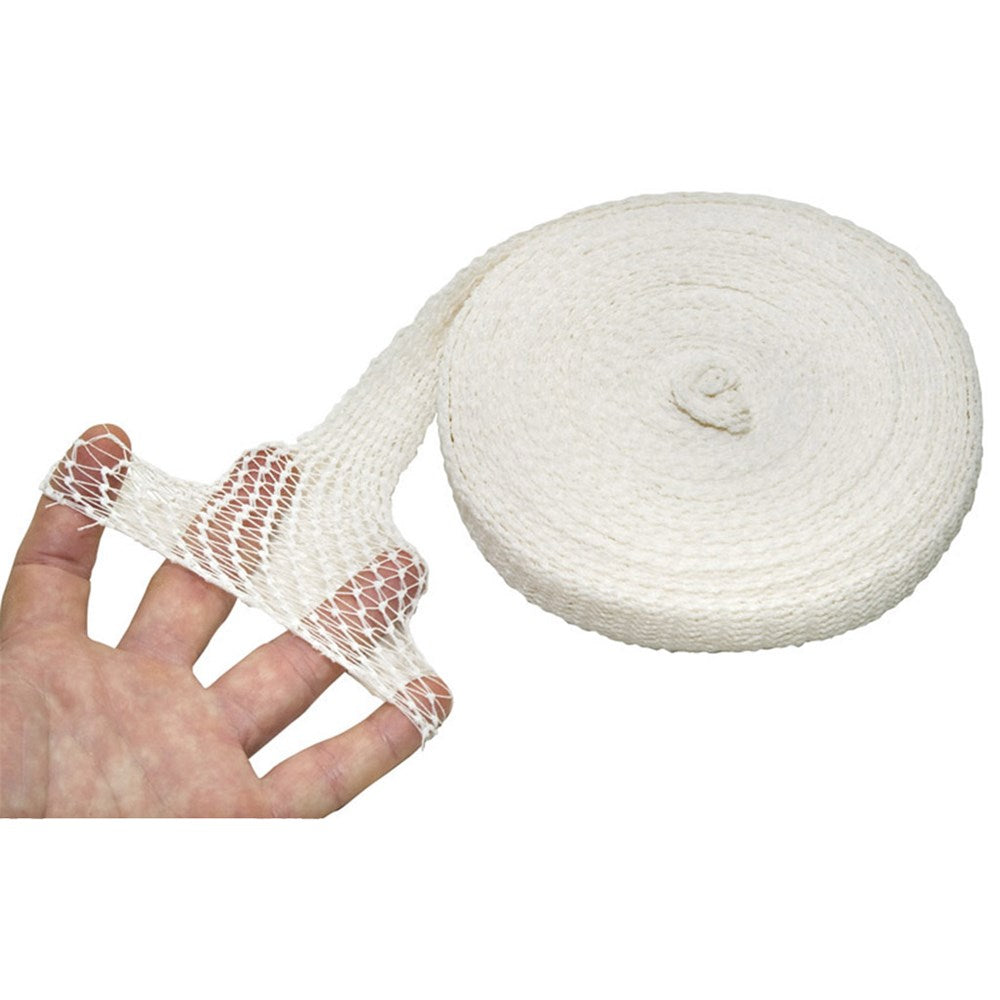
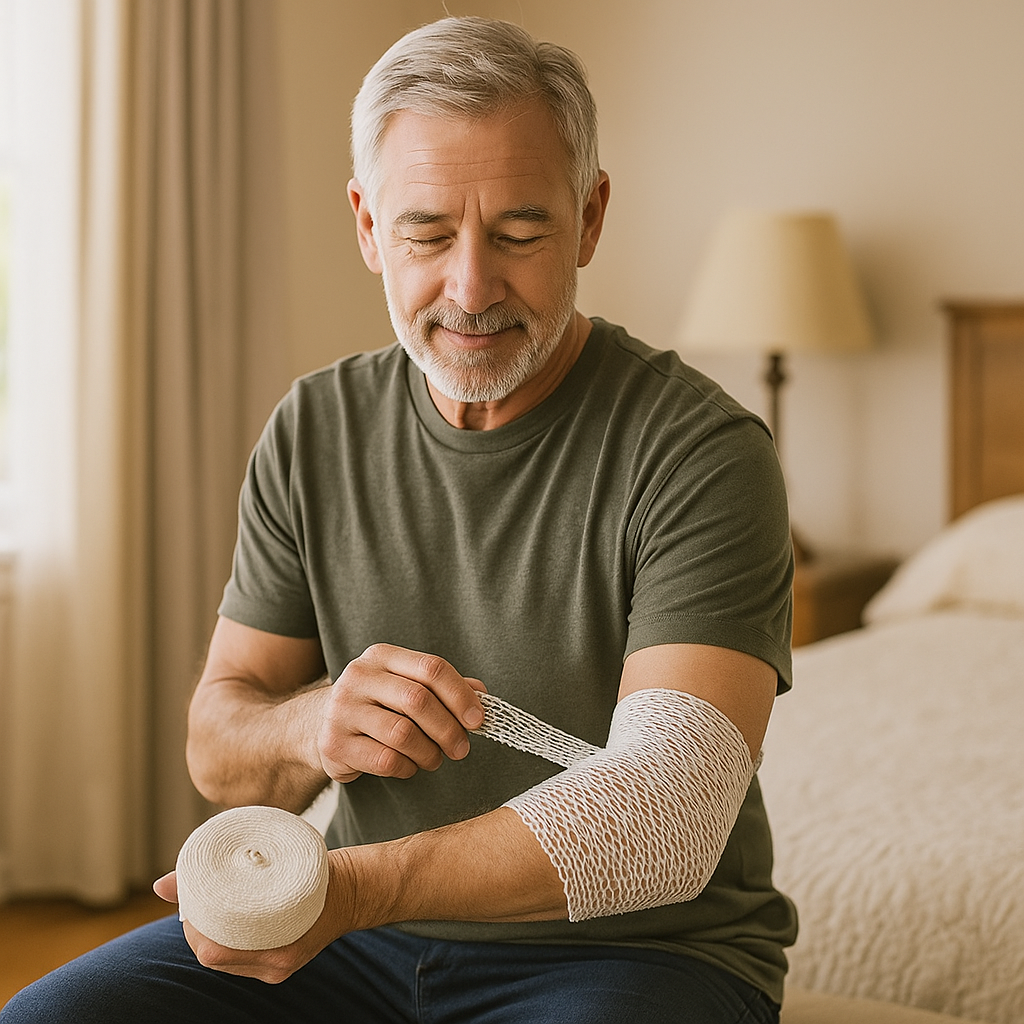
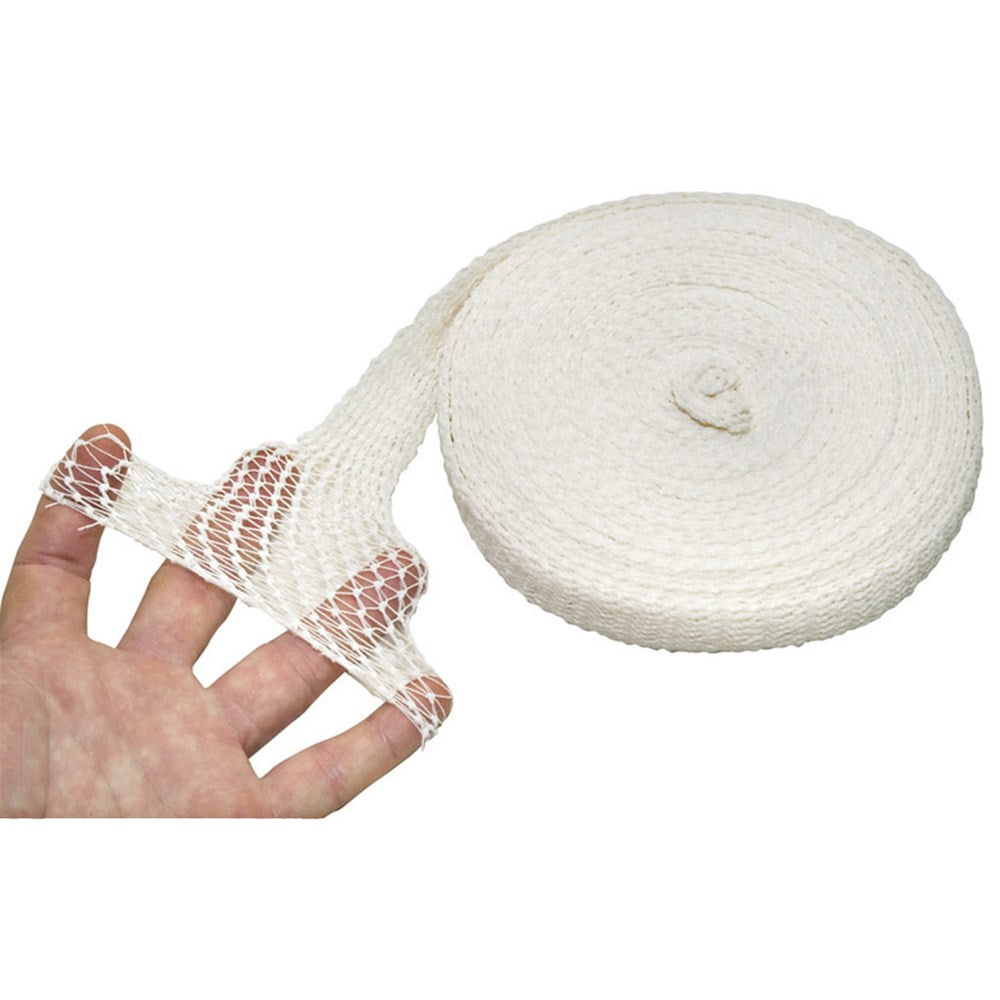
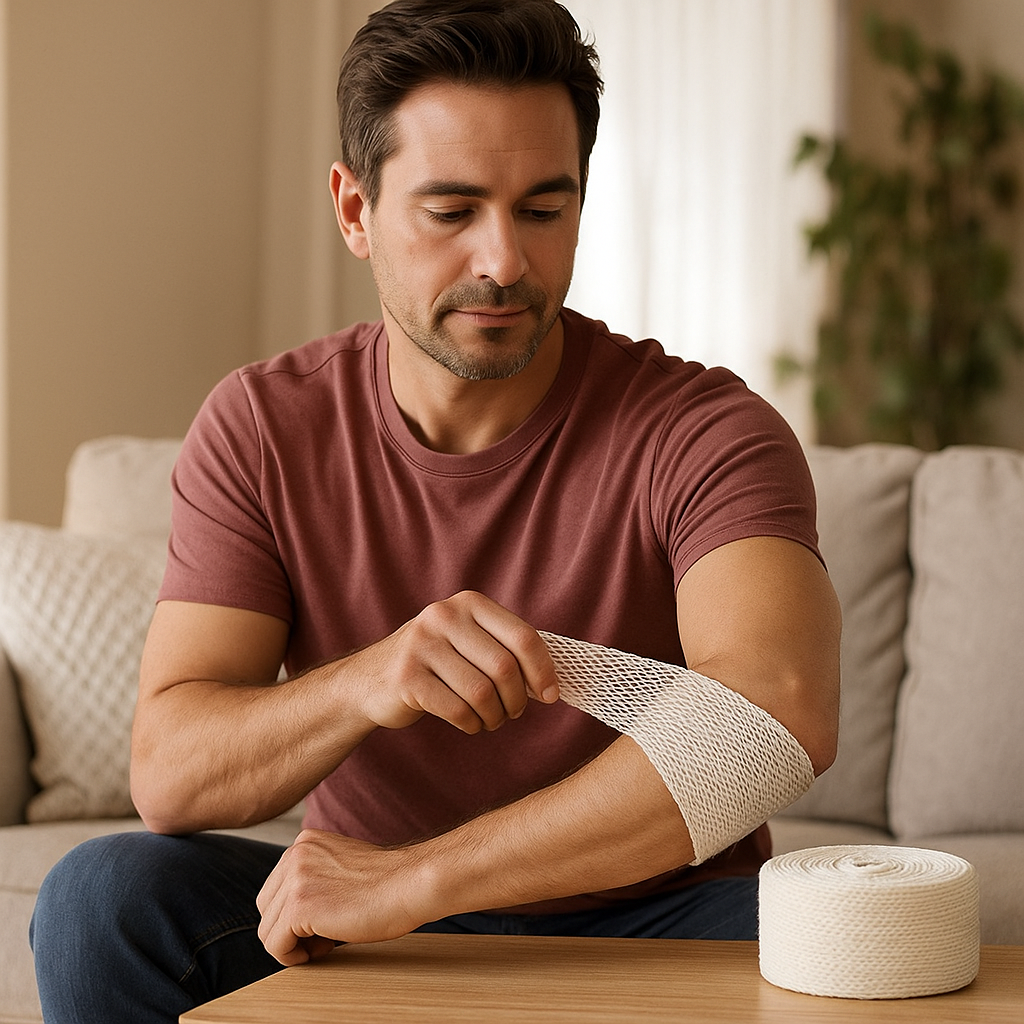
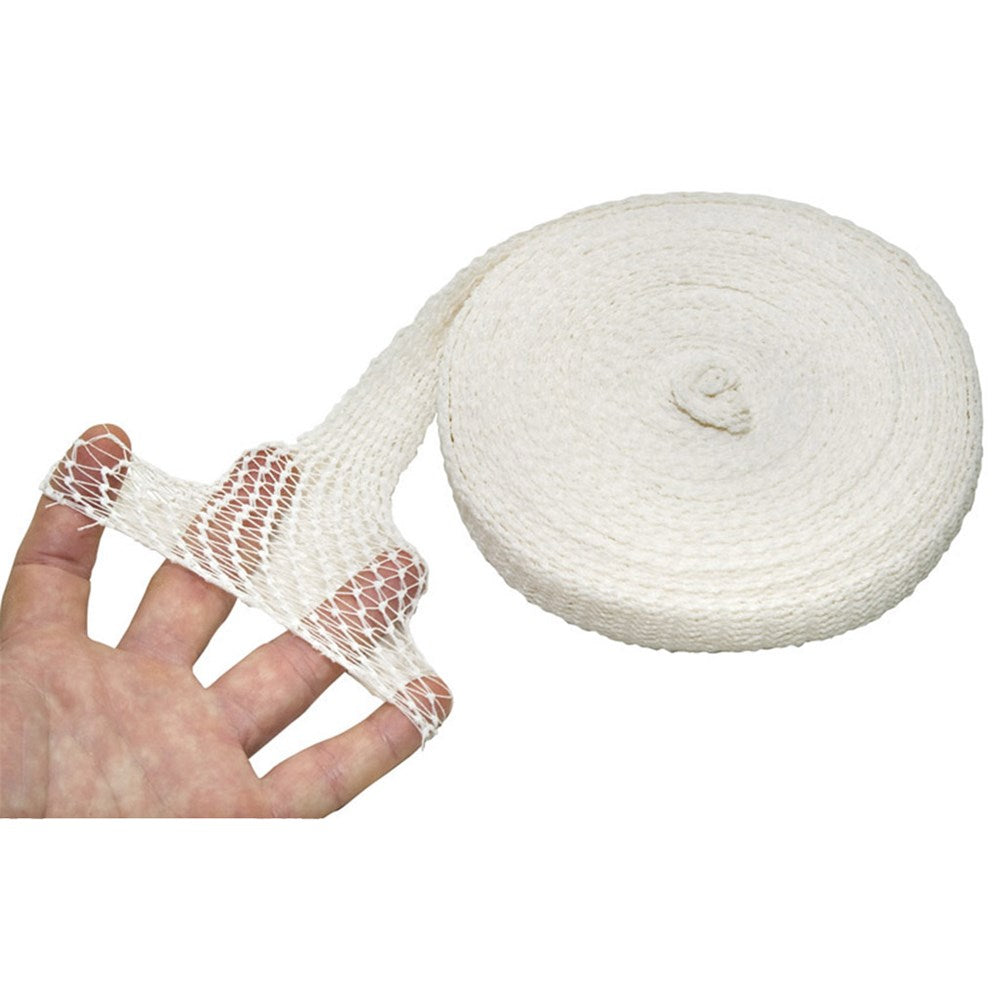
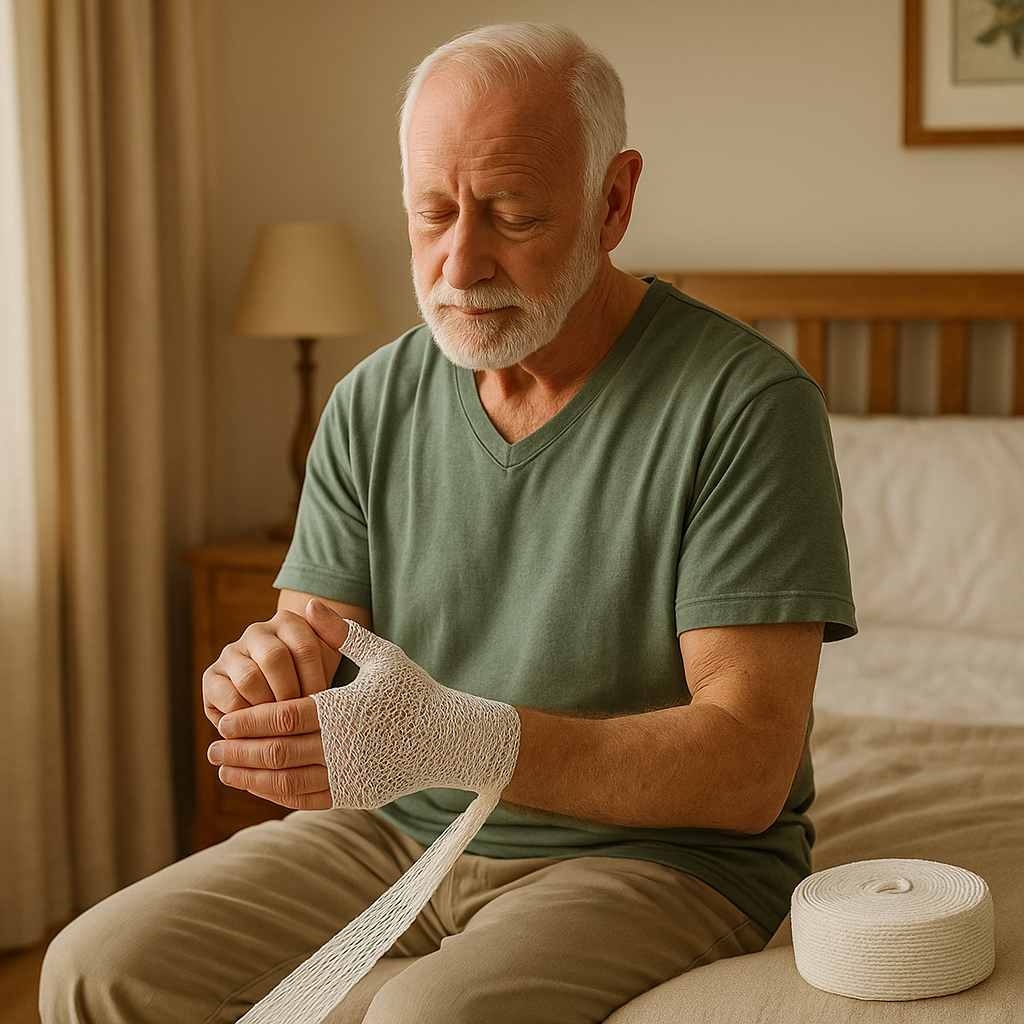
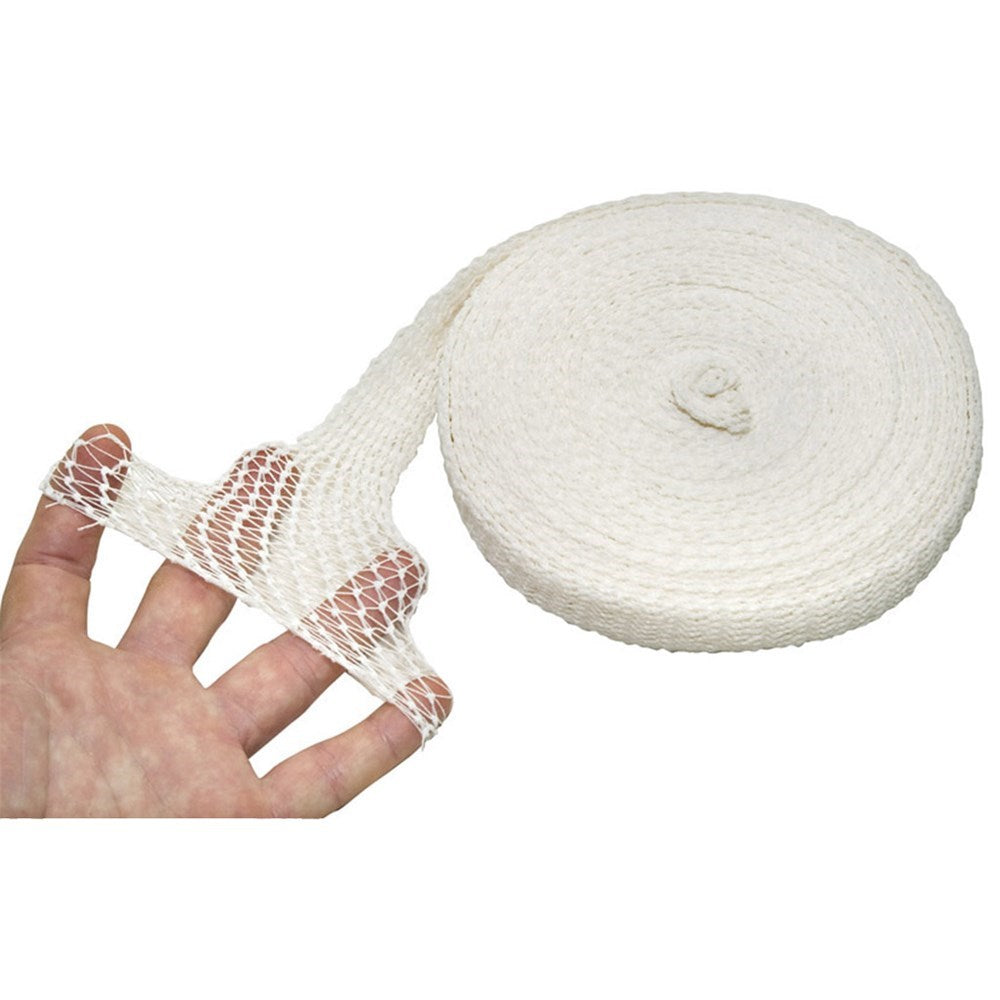
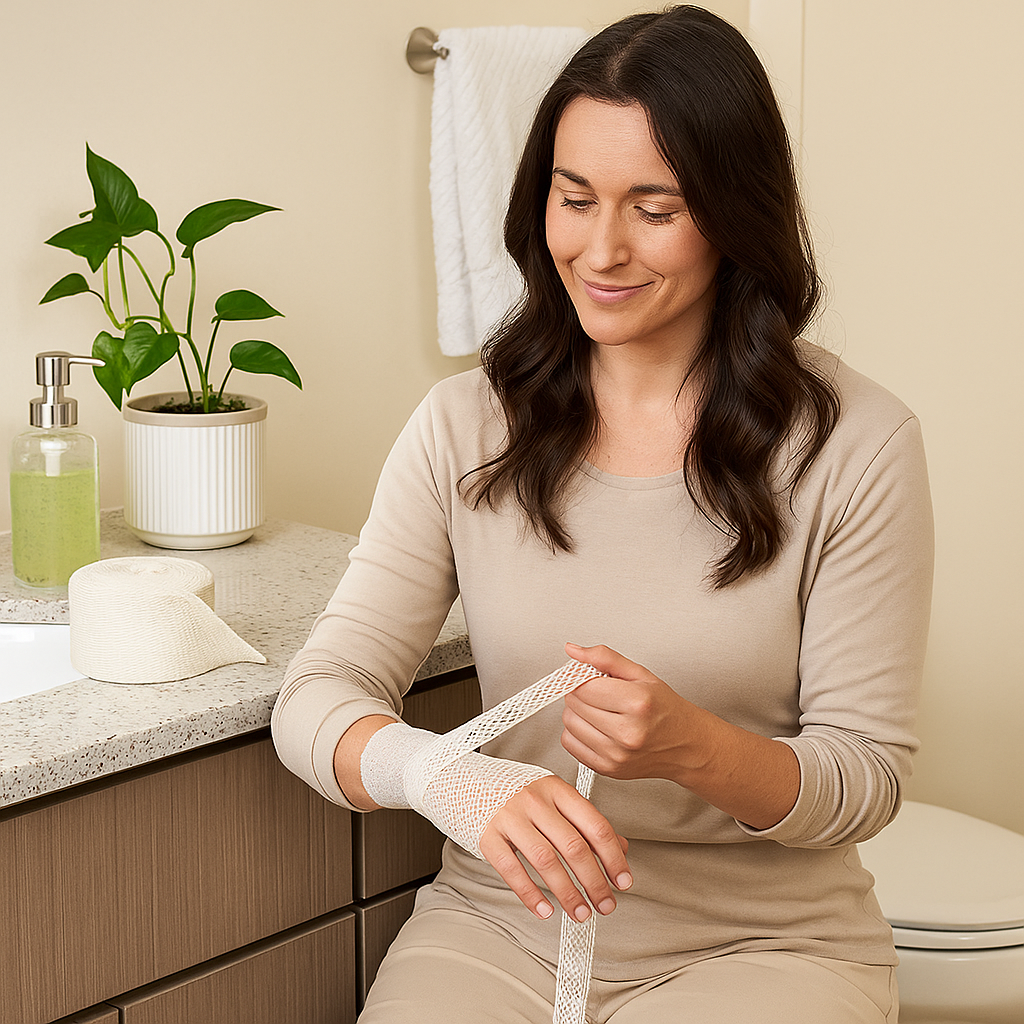
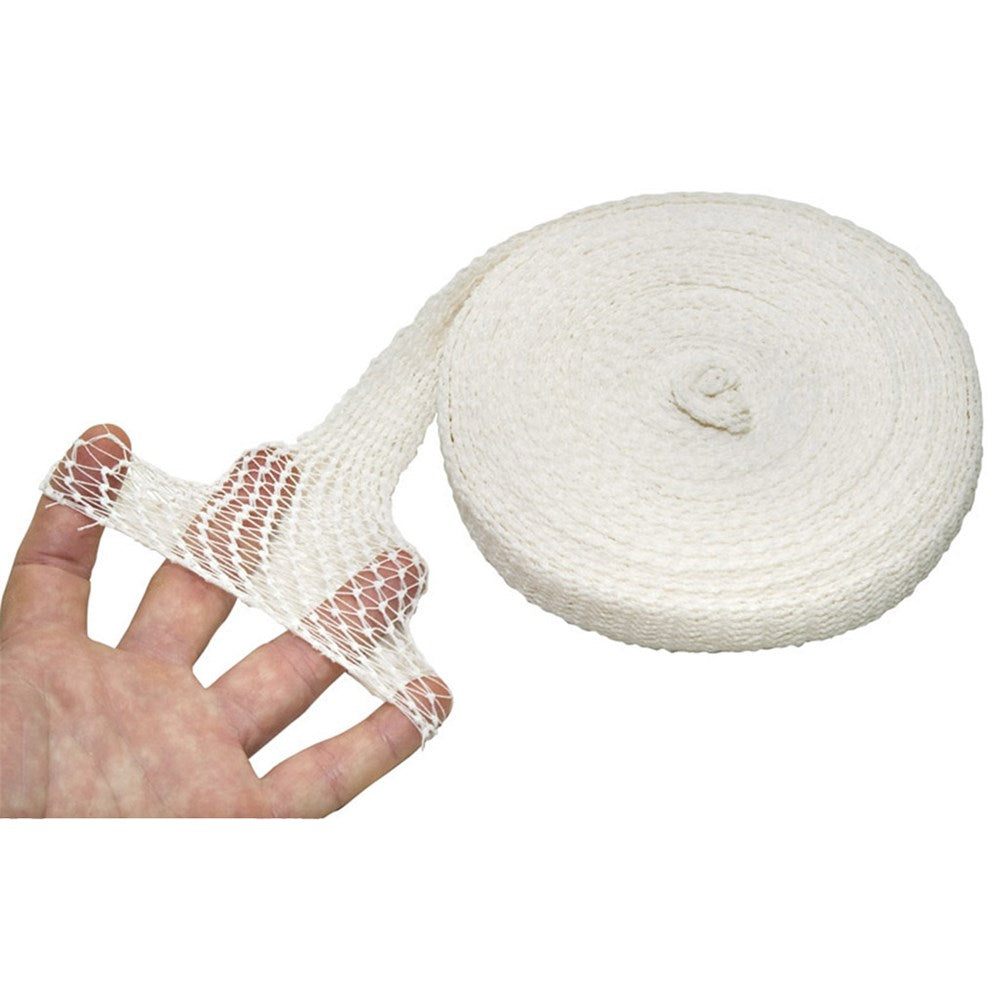

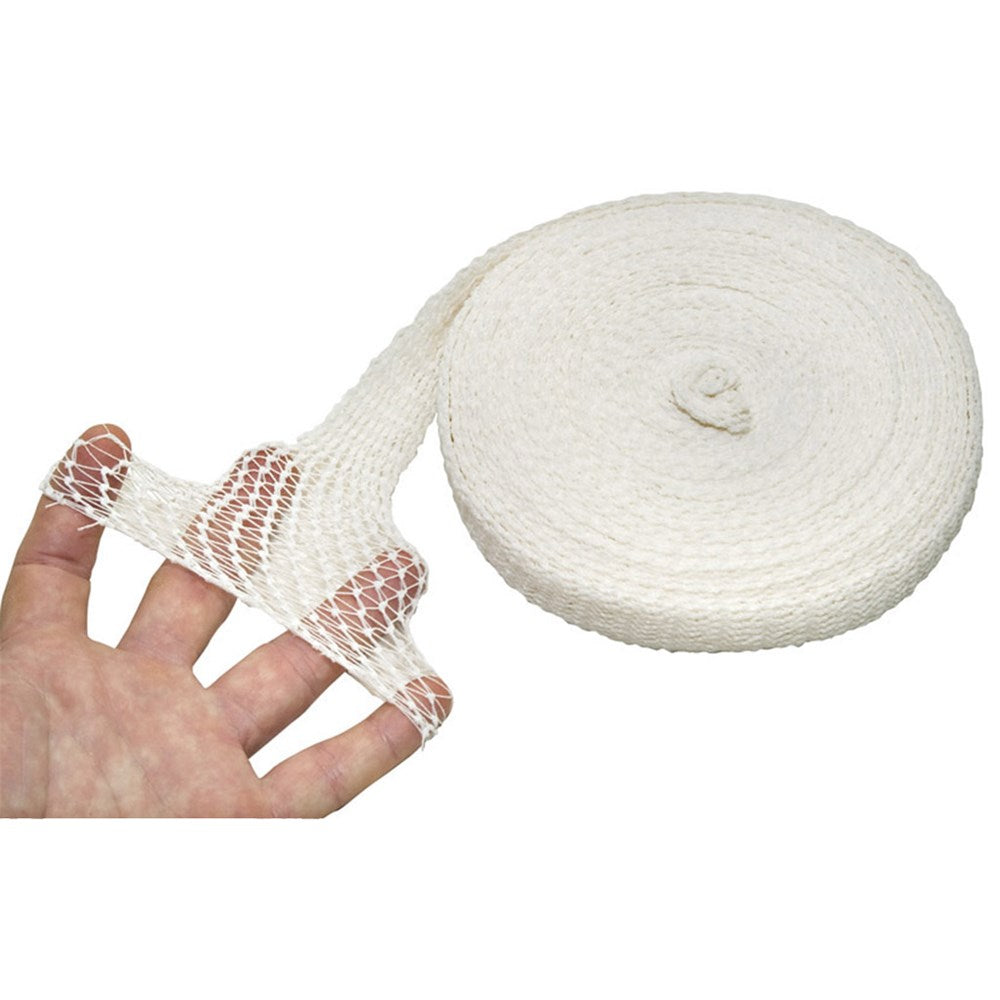

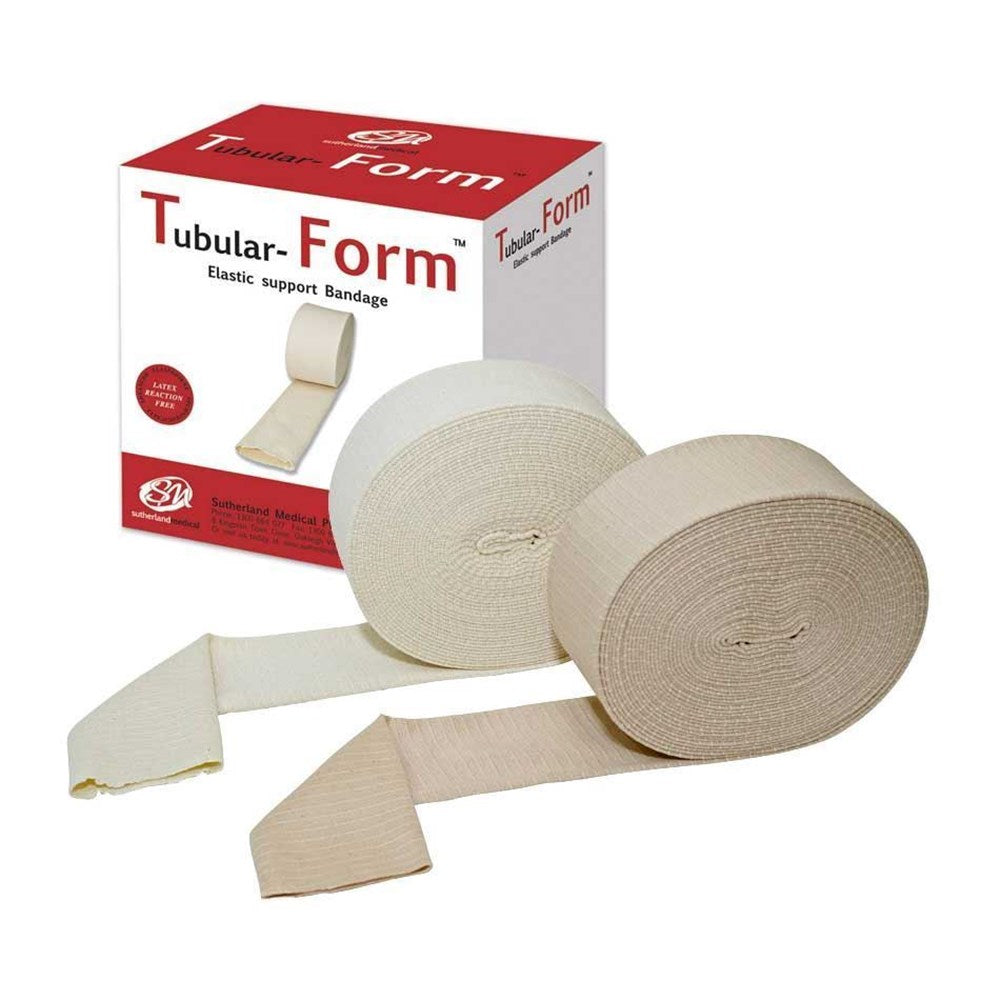
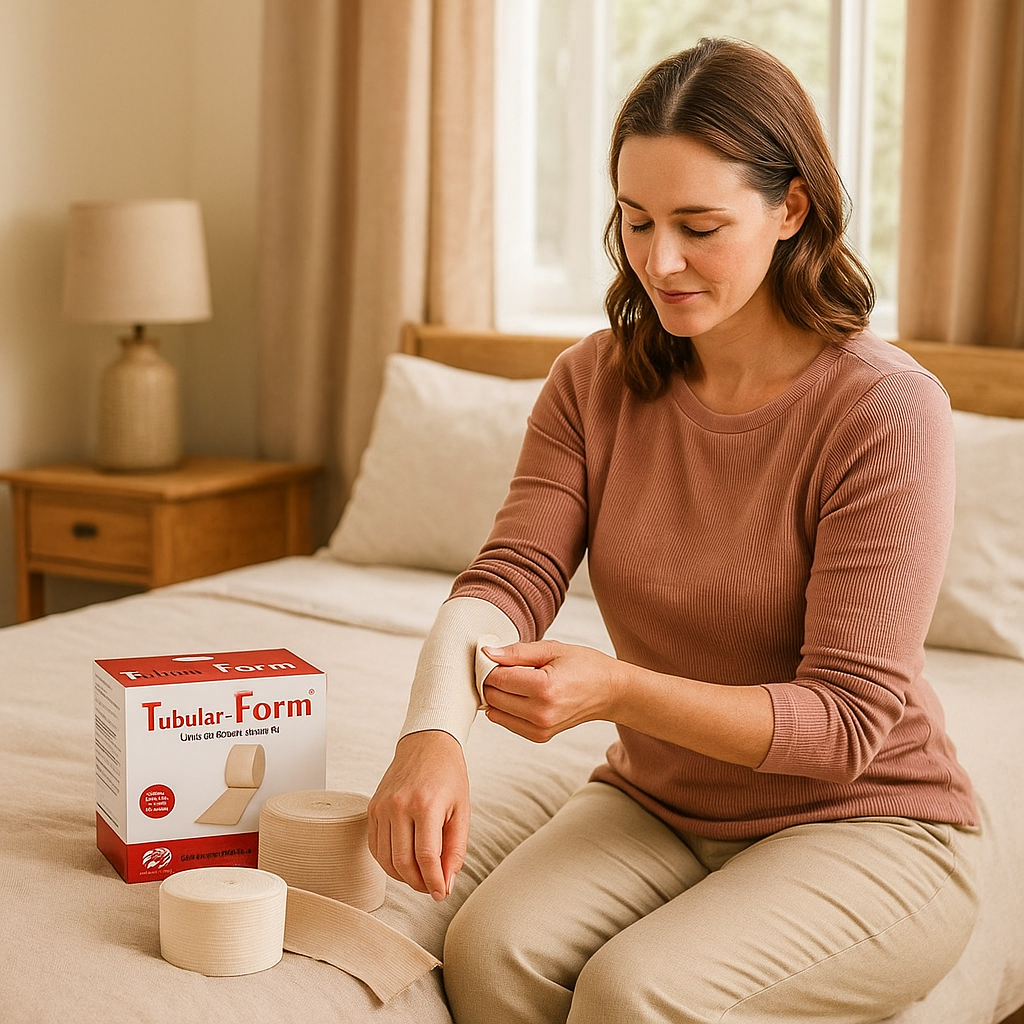
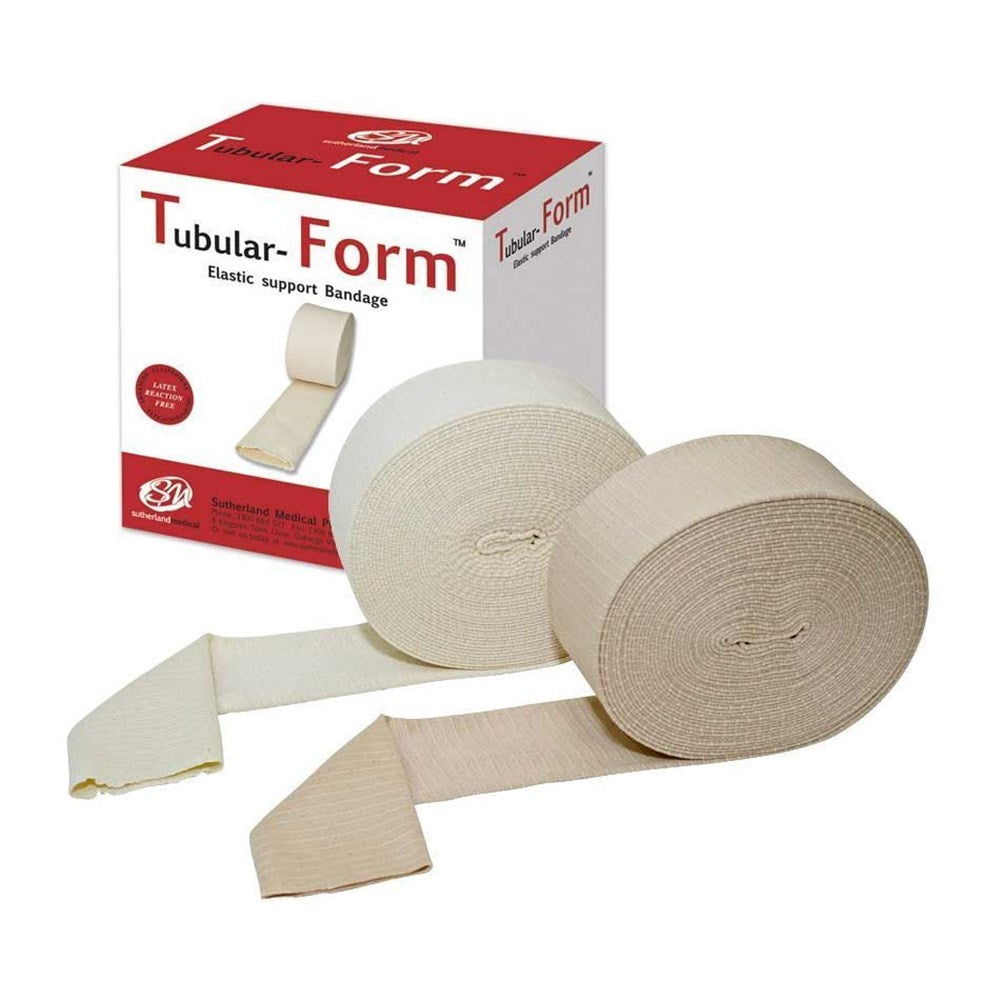
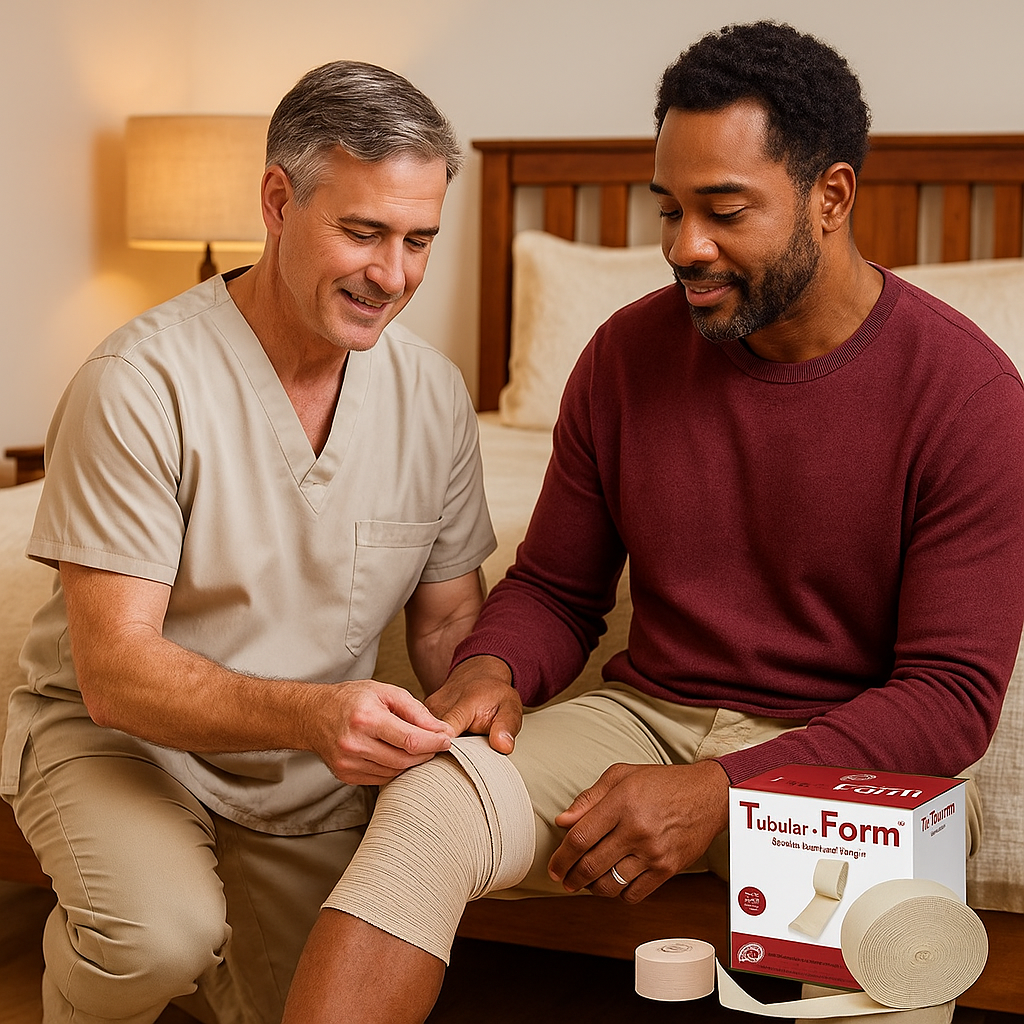
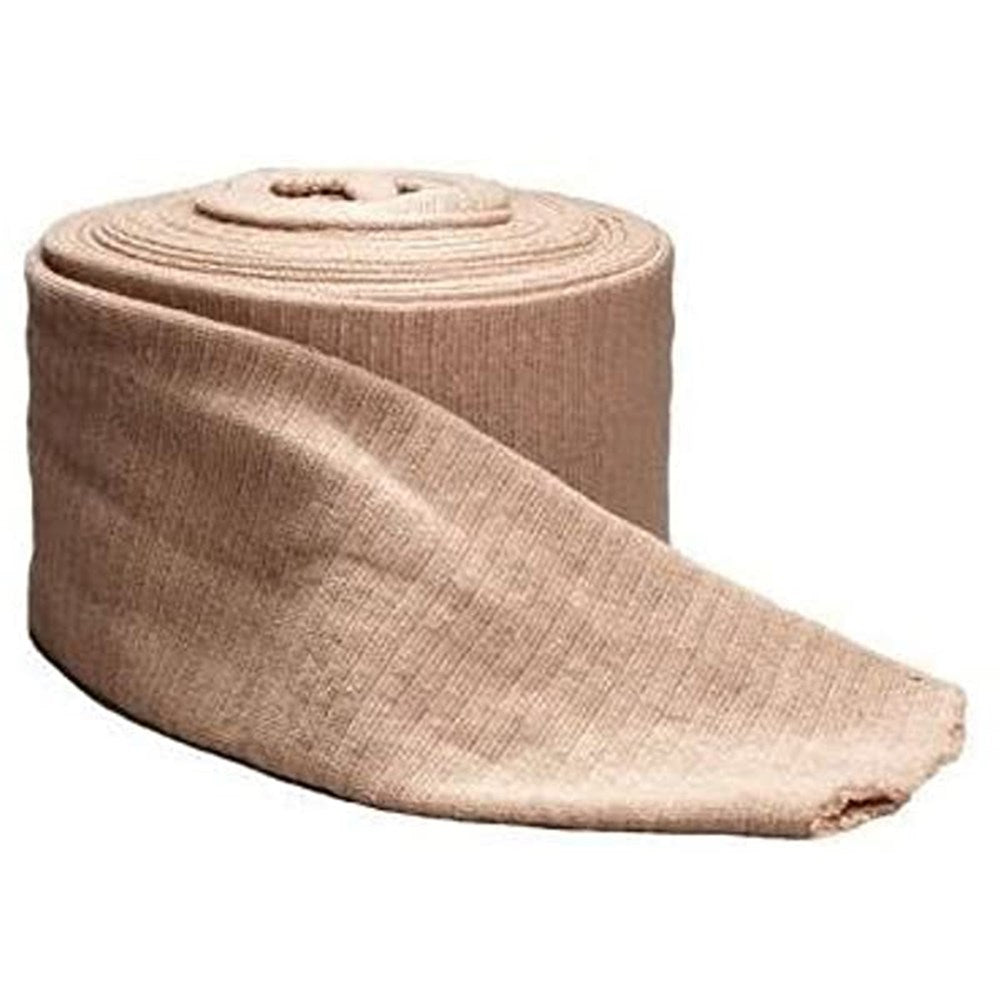
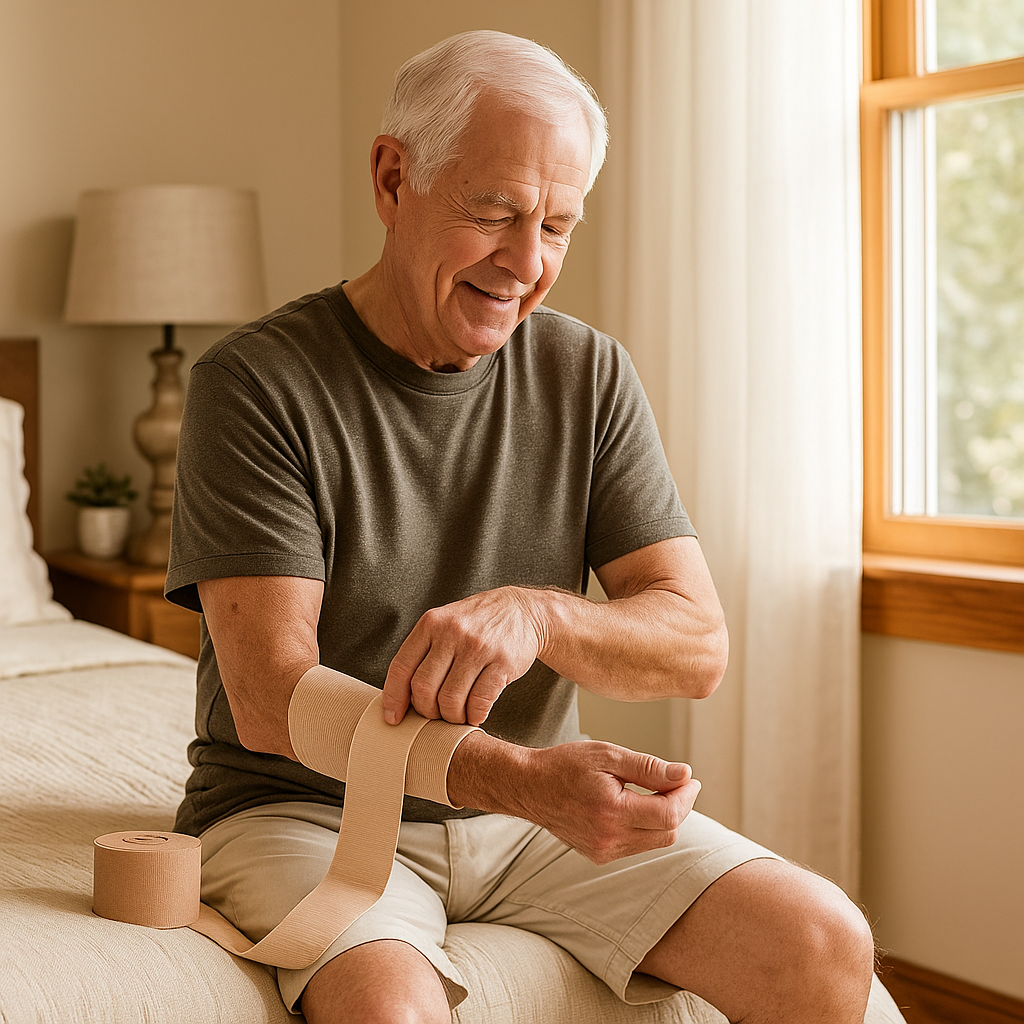
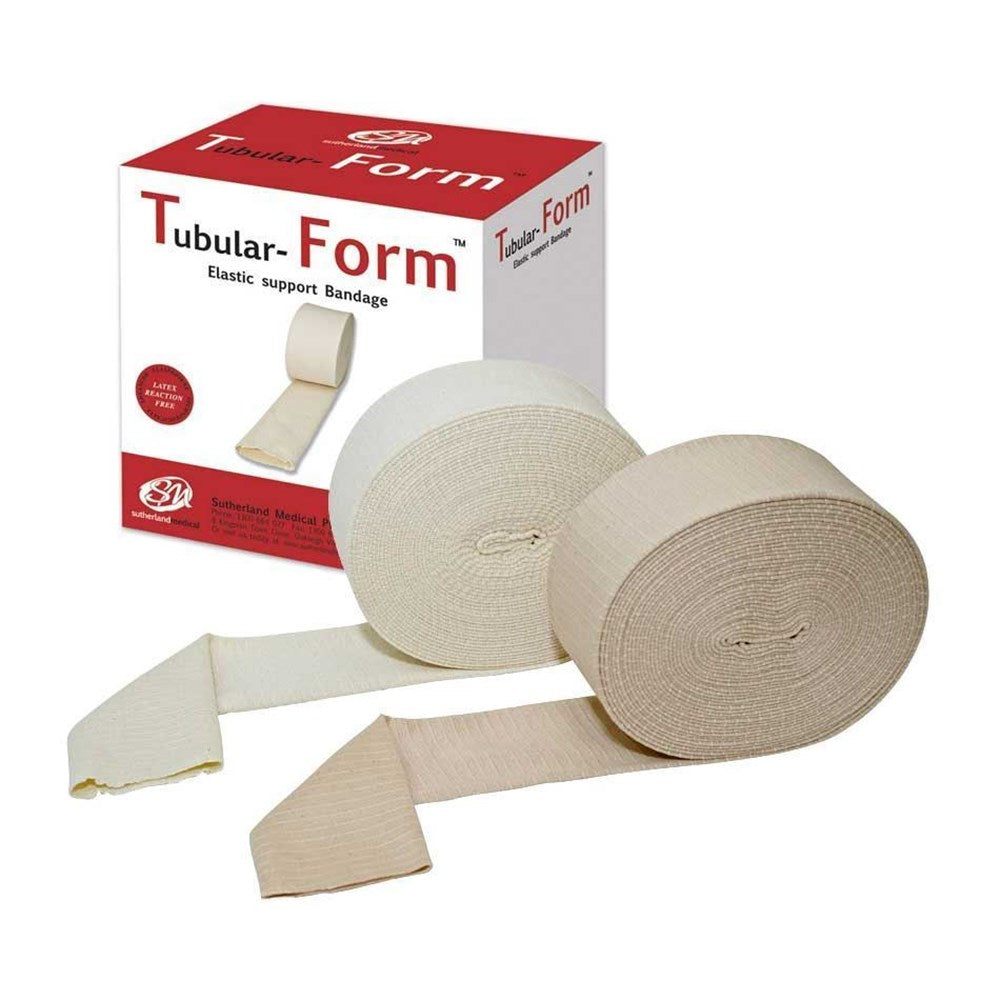
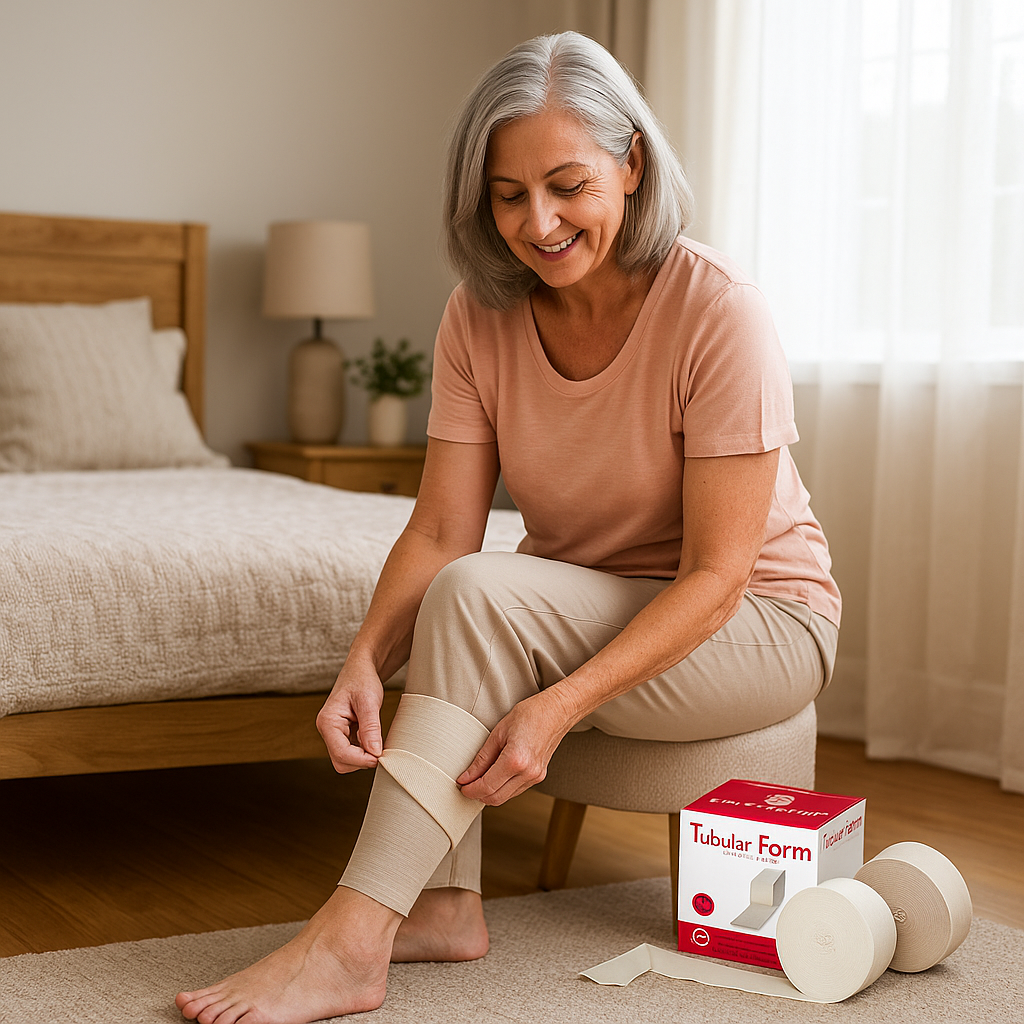
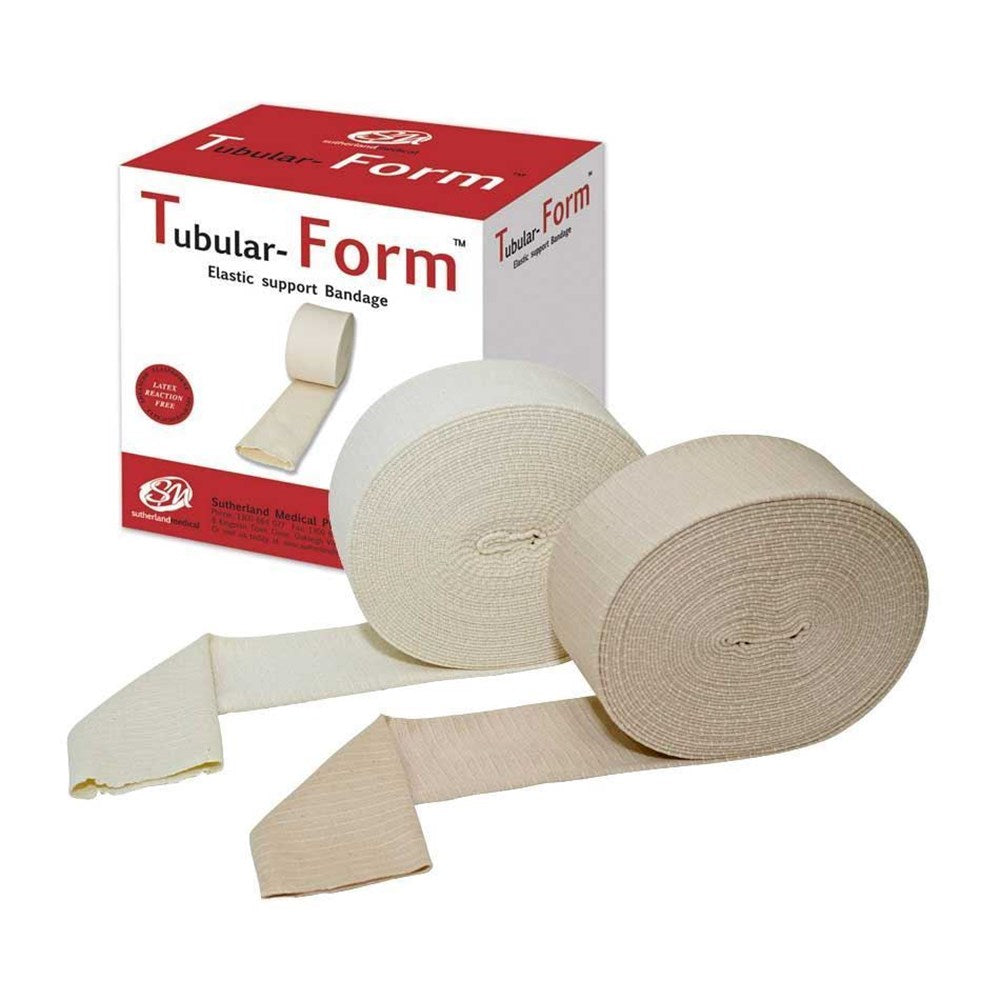
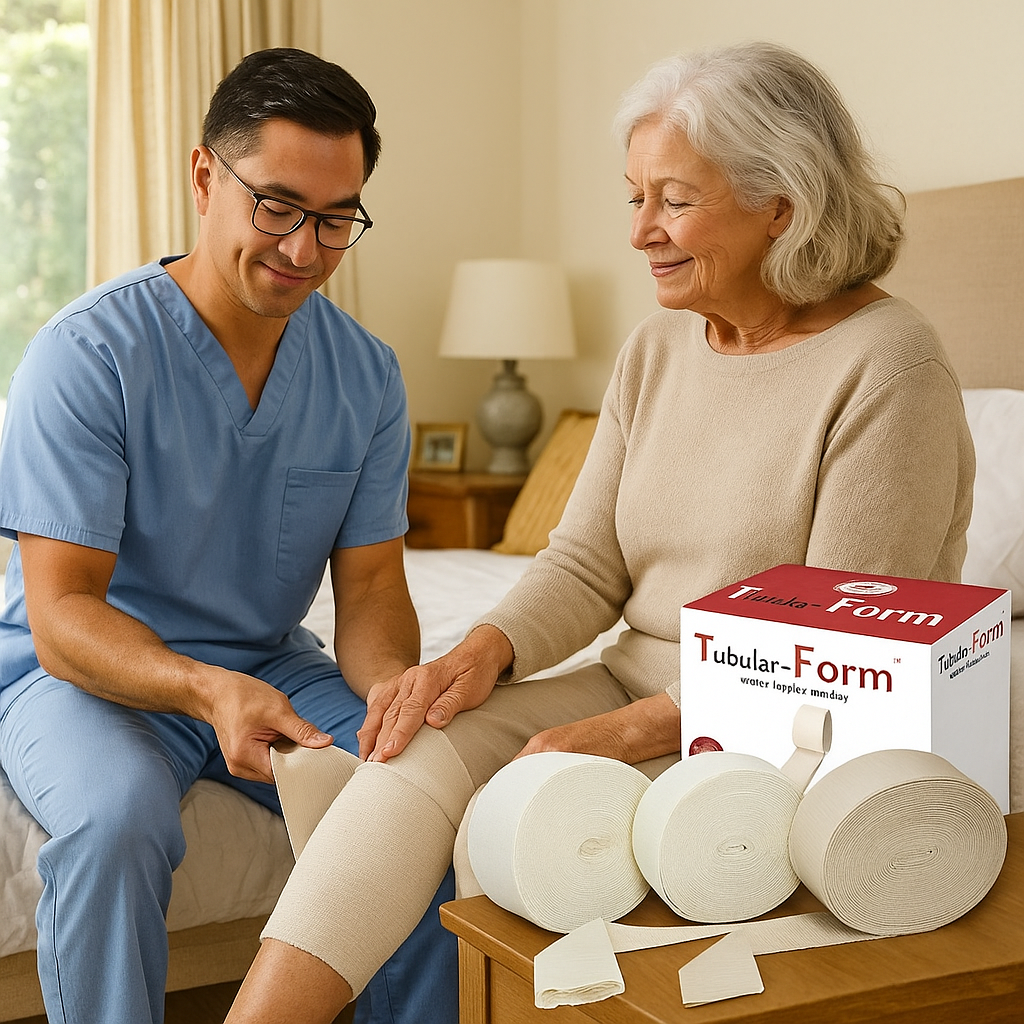
Recently viewed
FAQs
They are used to support injuries, reduce swelling, secure dressings and protect wounds during healing in first aid and medical care.
Compression or crepe bandages are best for sprains, as they provide controlled pressure to reduce swelling and support recovery.
Yes, waterproof medical tapes are designed to keep dressings secure during showering, sweating and everyday activities.
Cohesive bandages stick to themselves without adhesive, making them ideal for flexible support, while tapes stick directly to skin or dressings.
